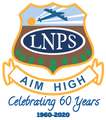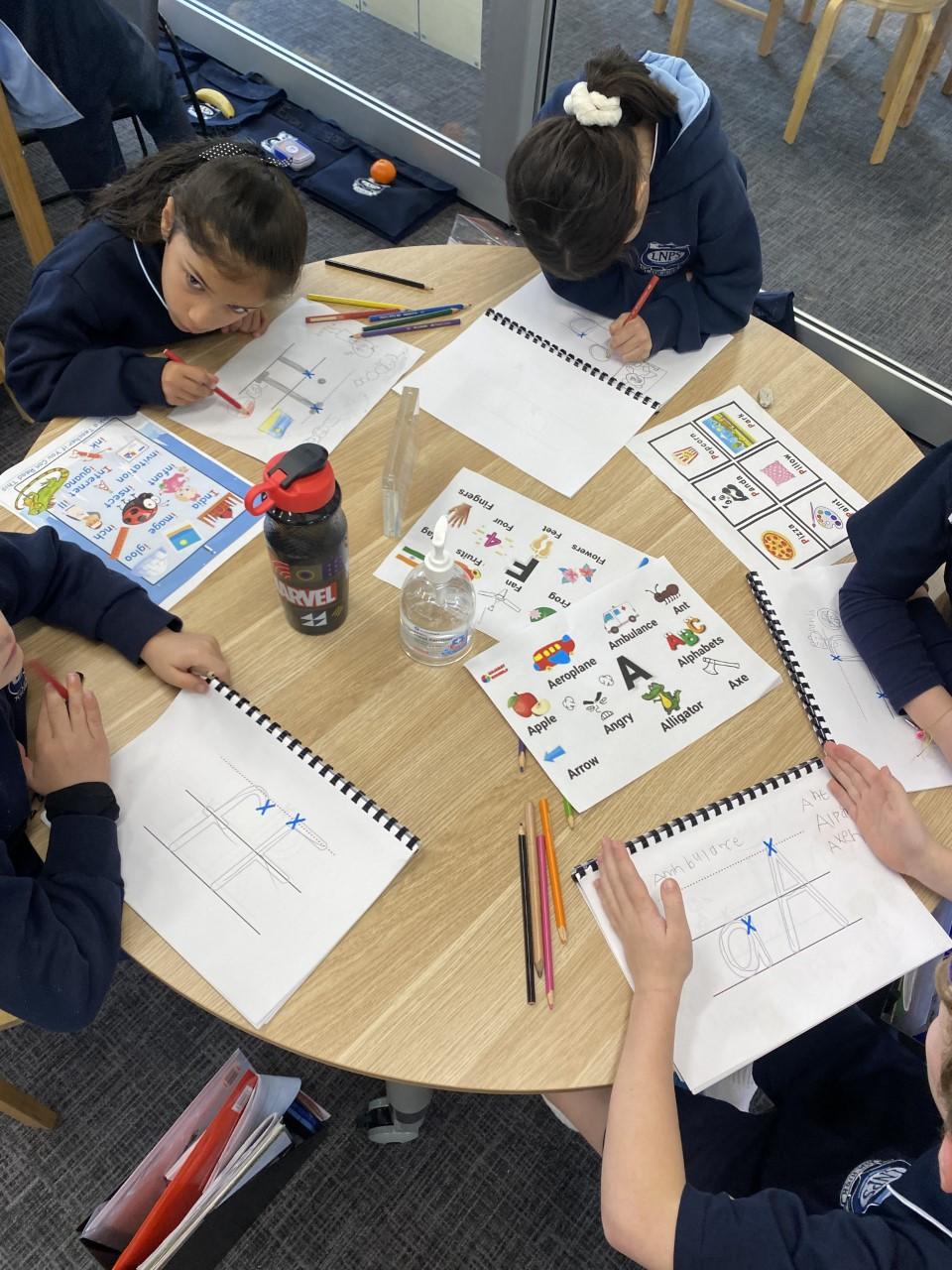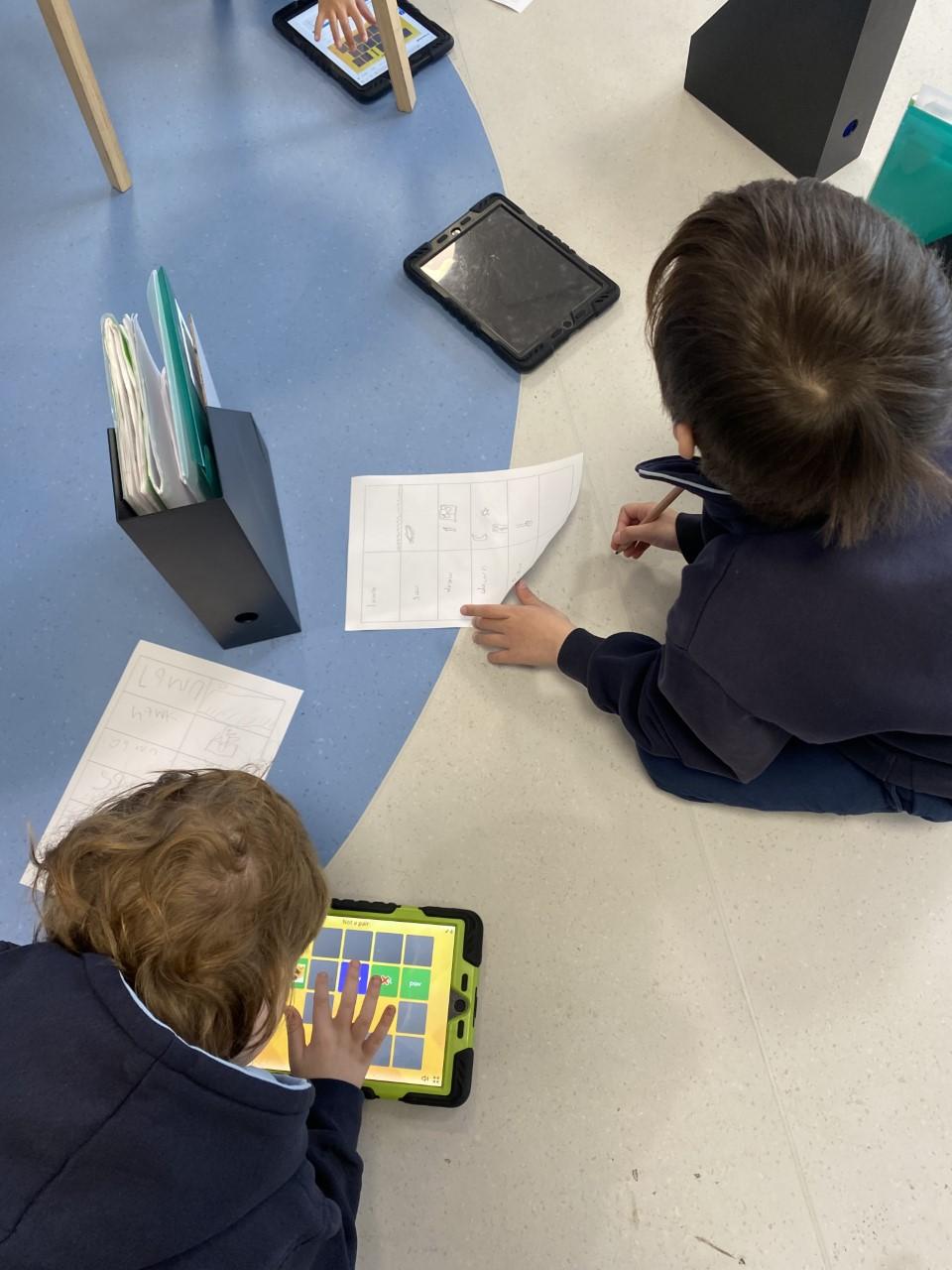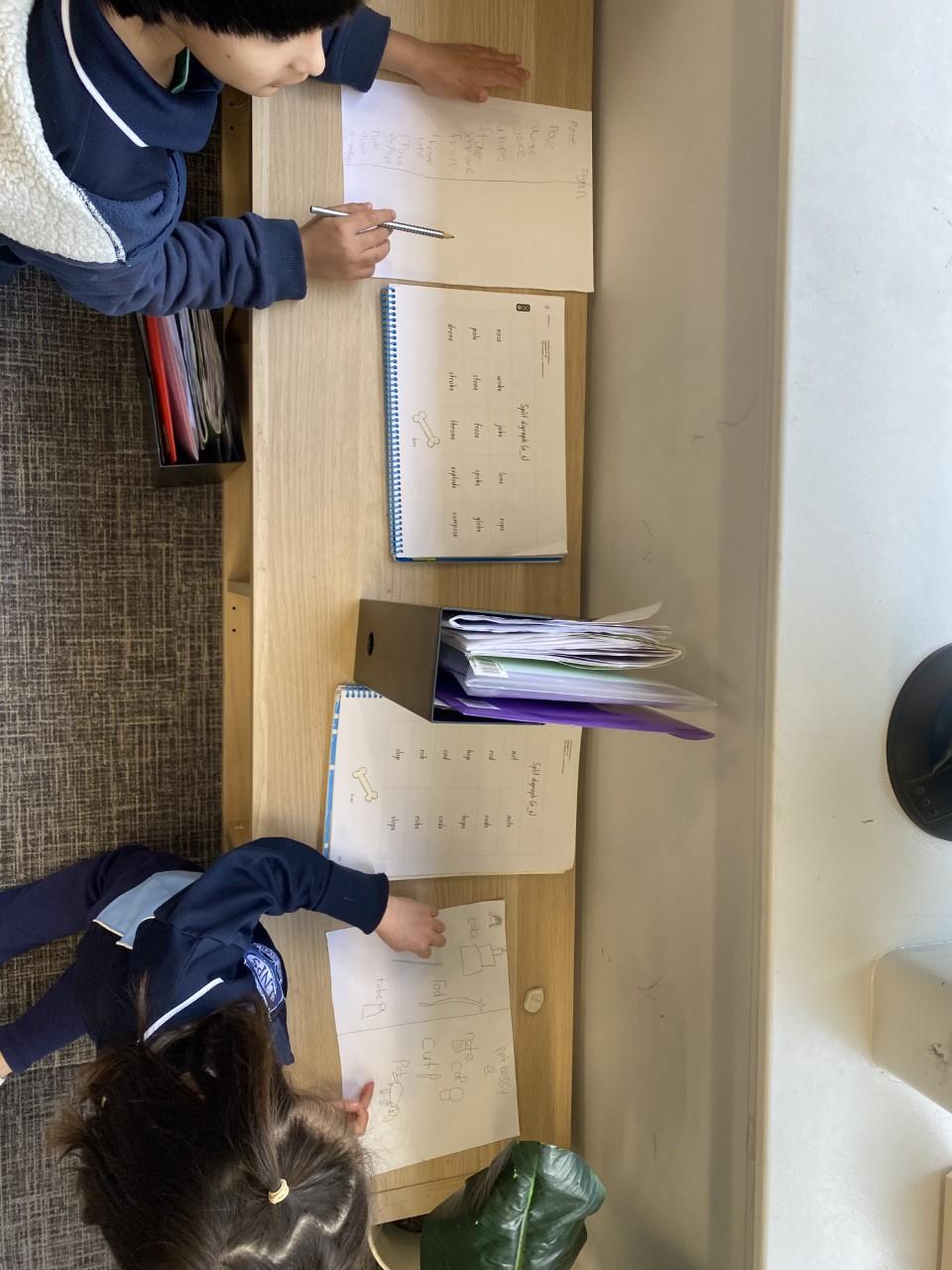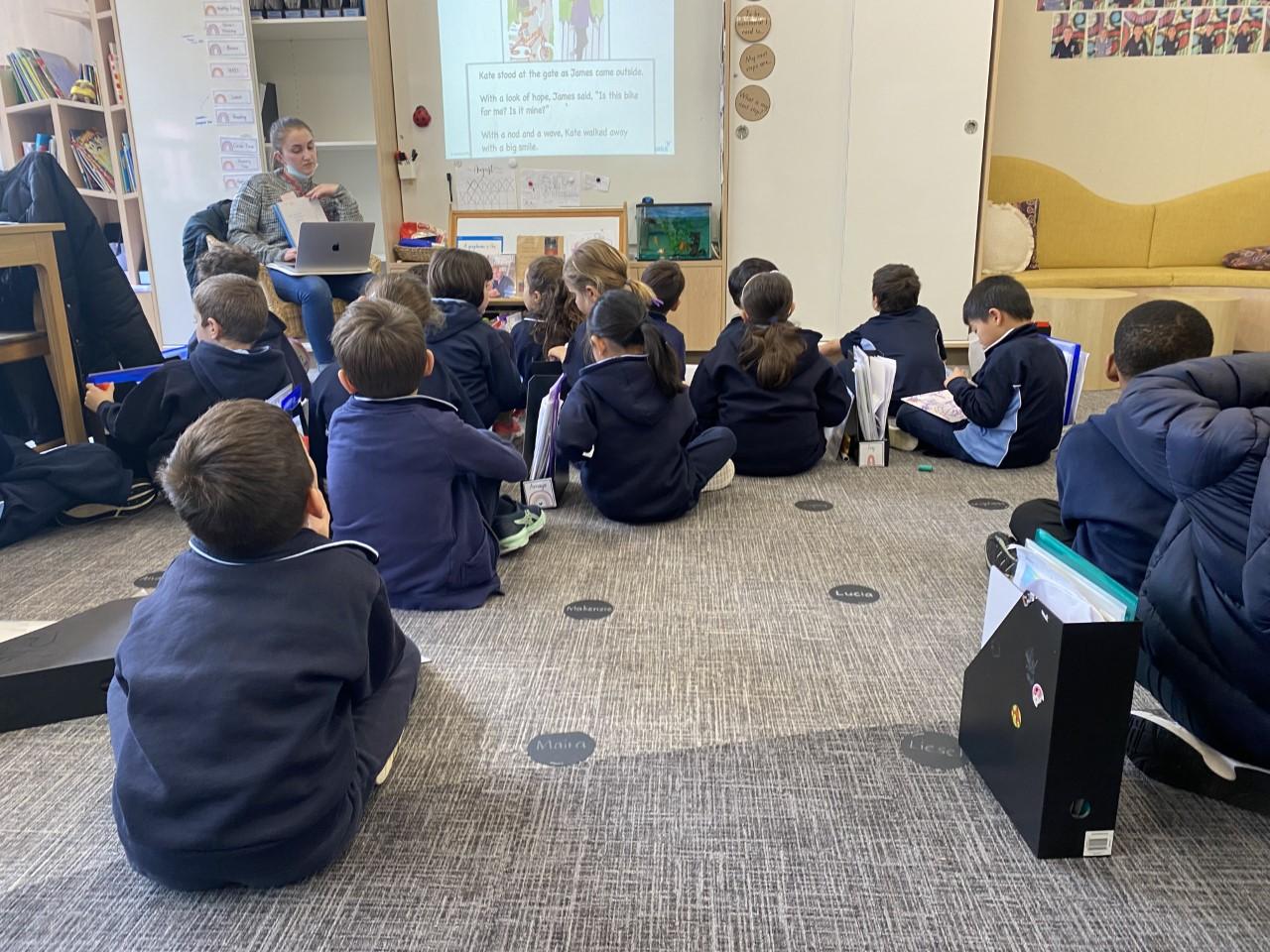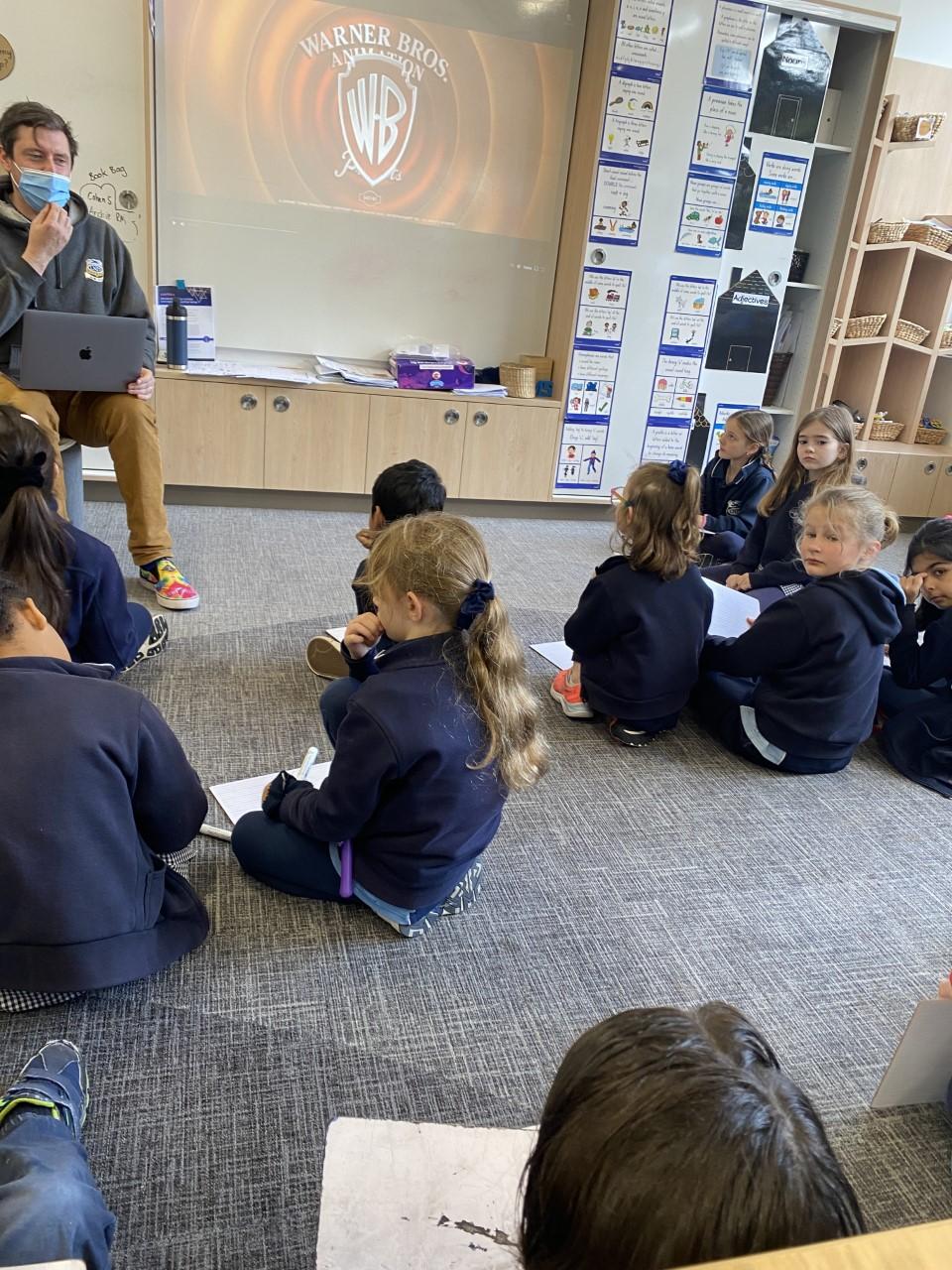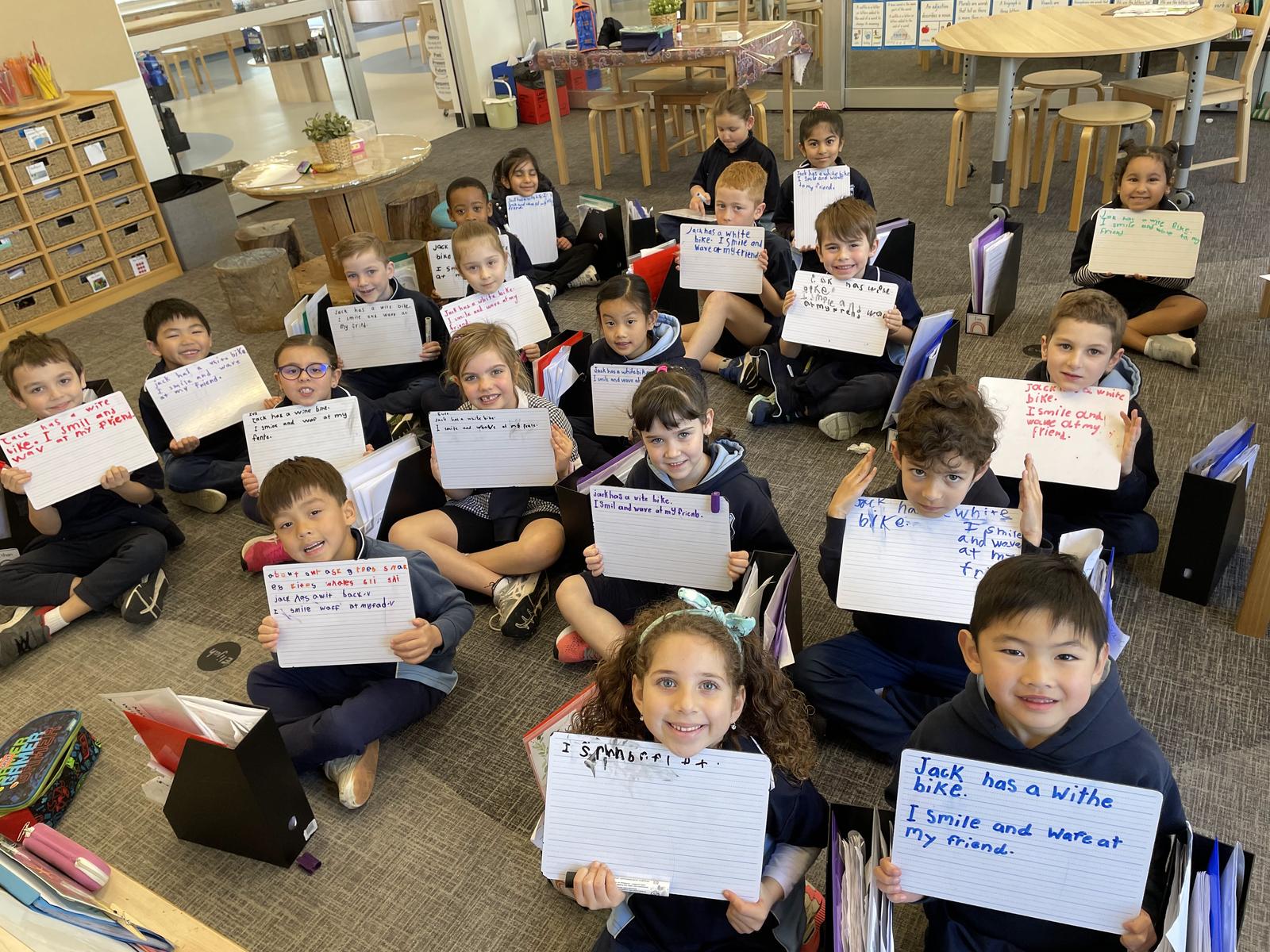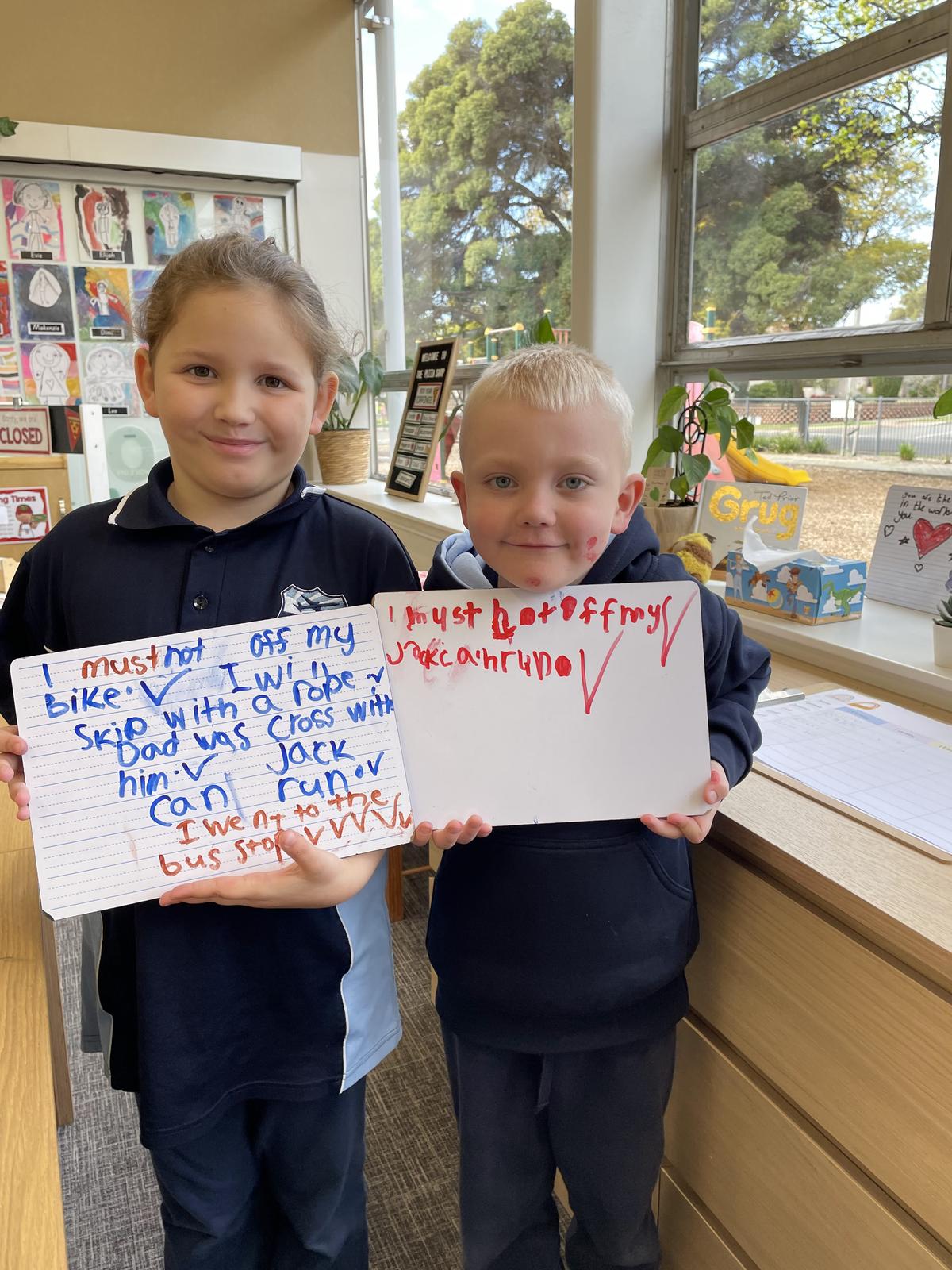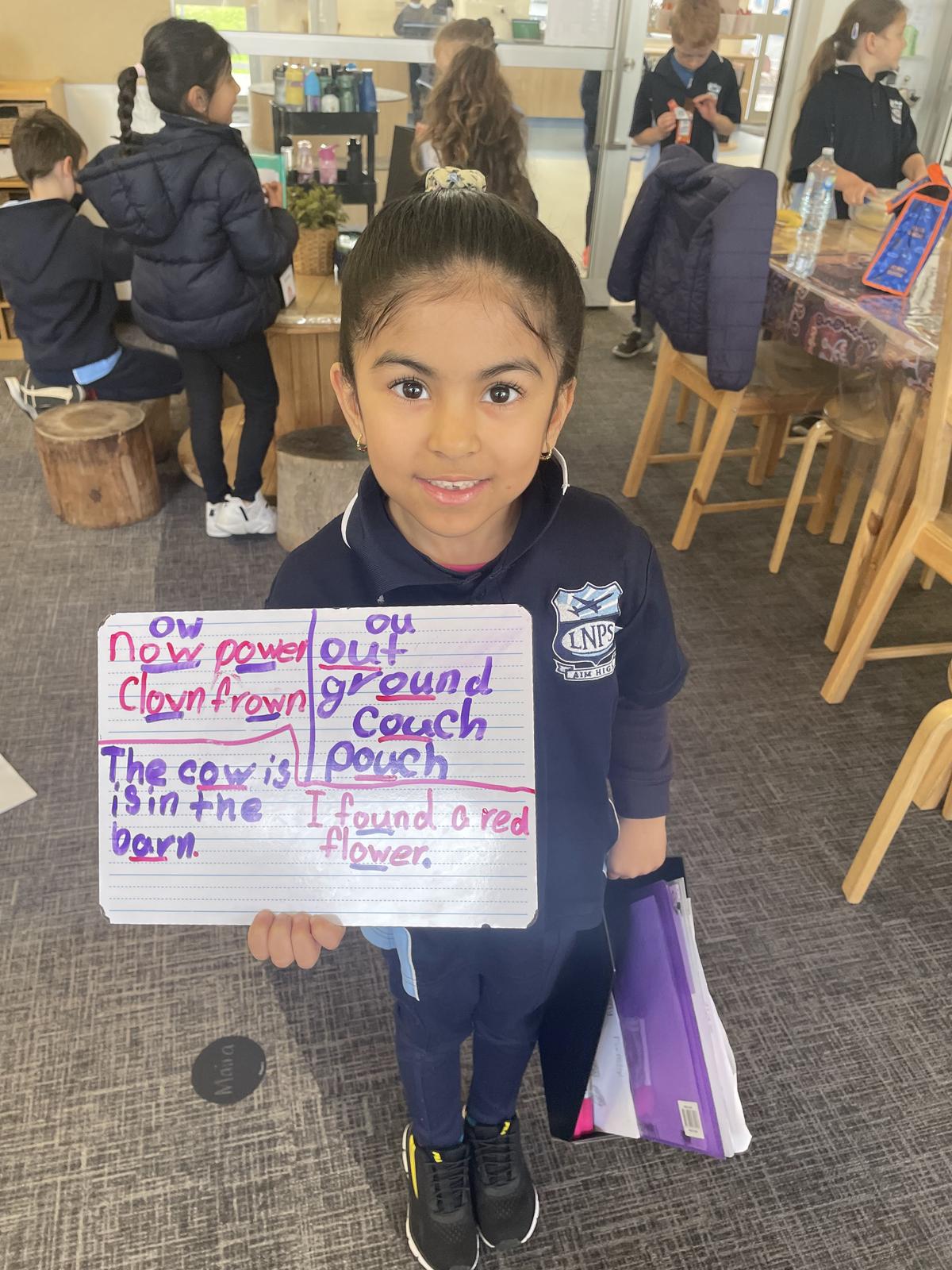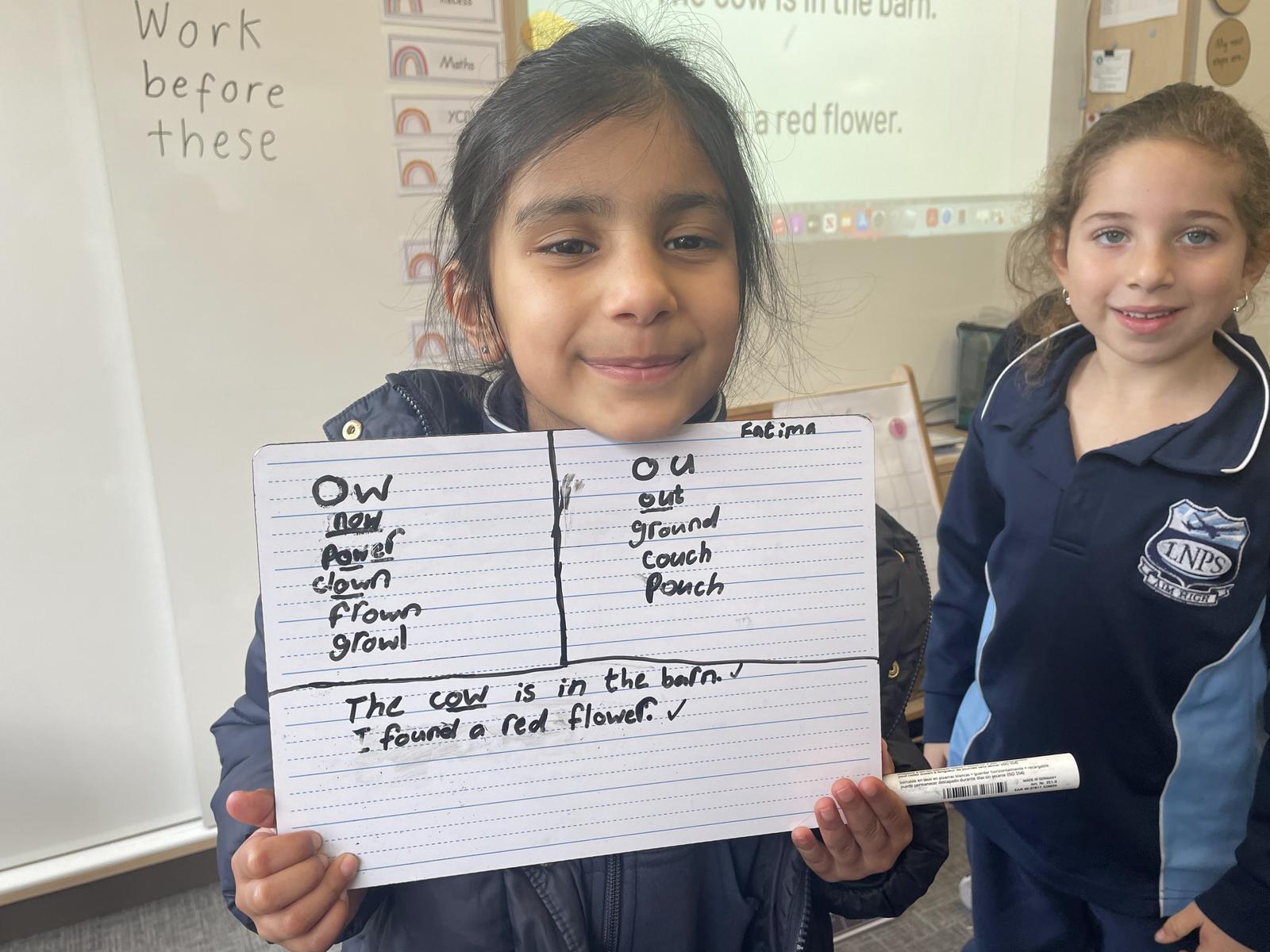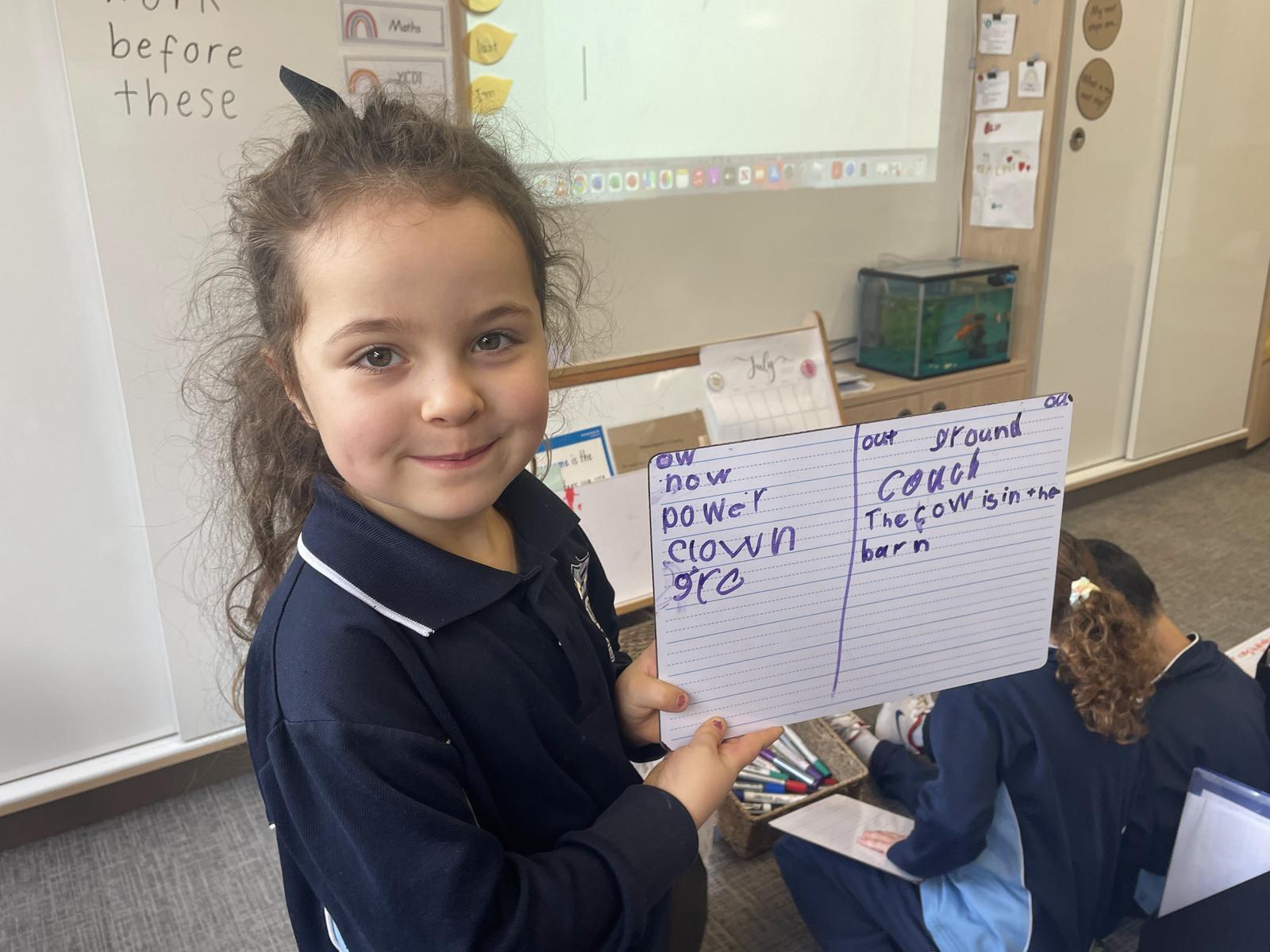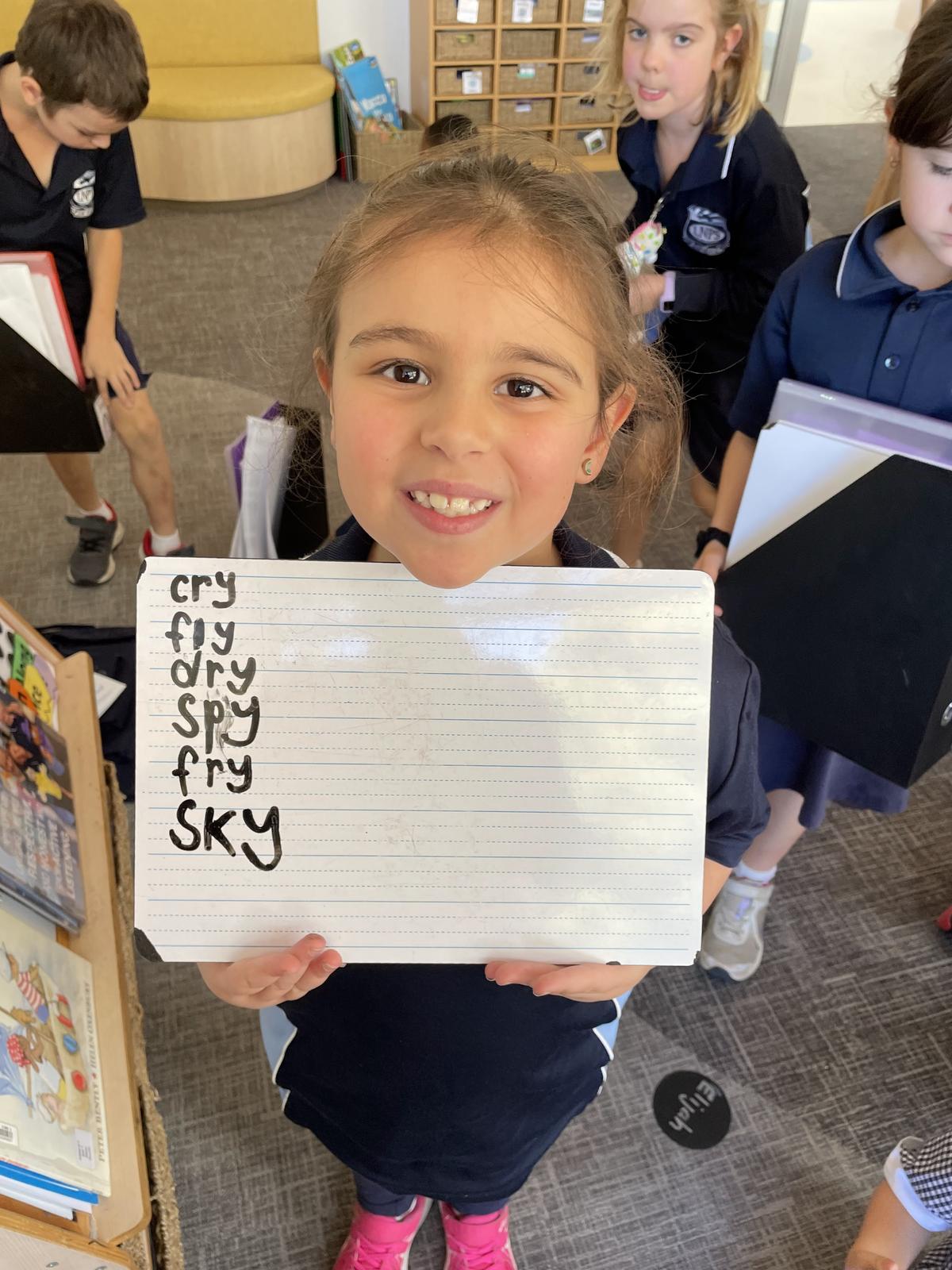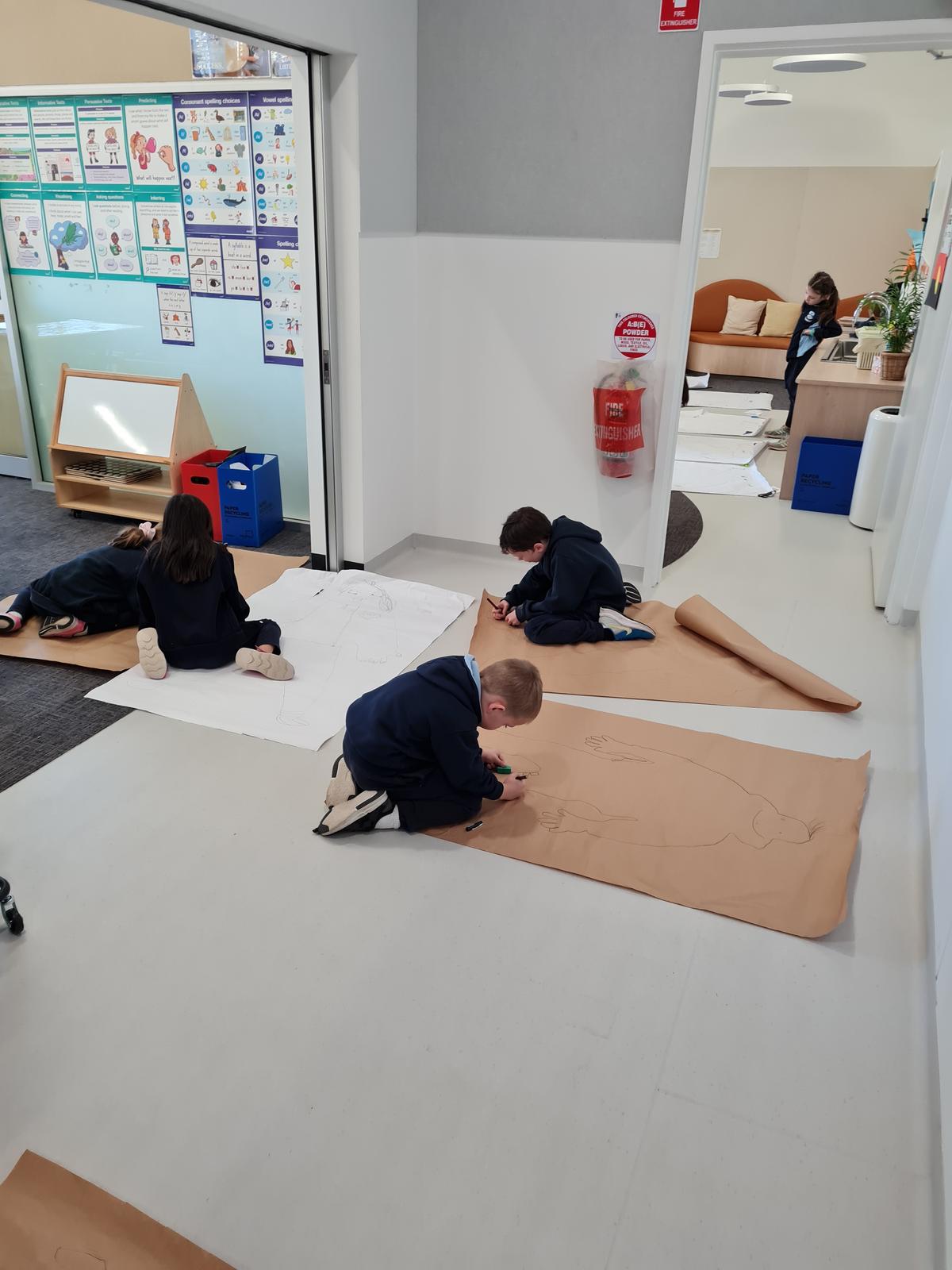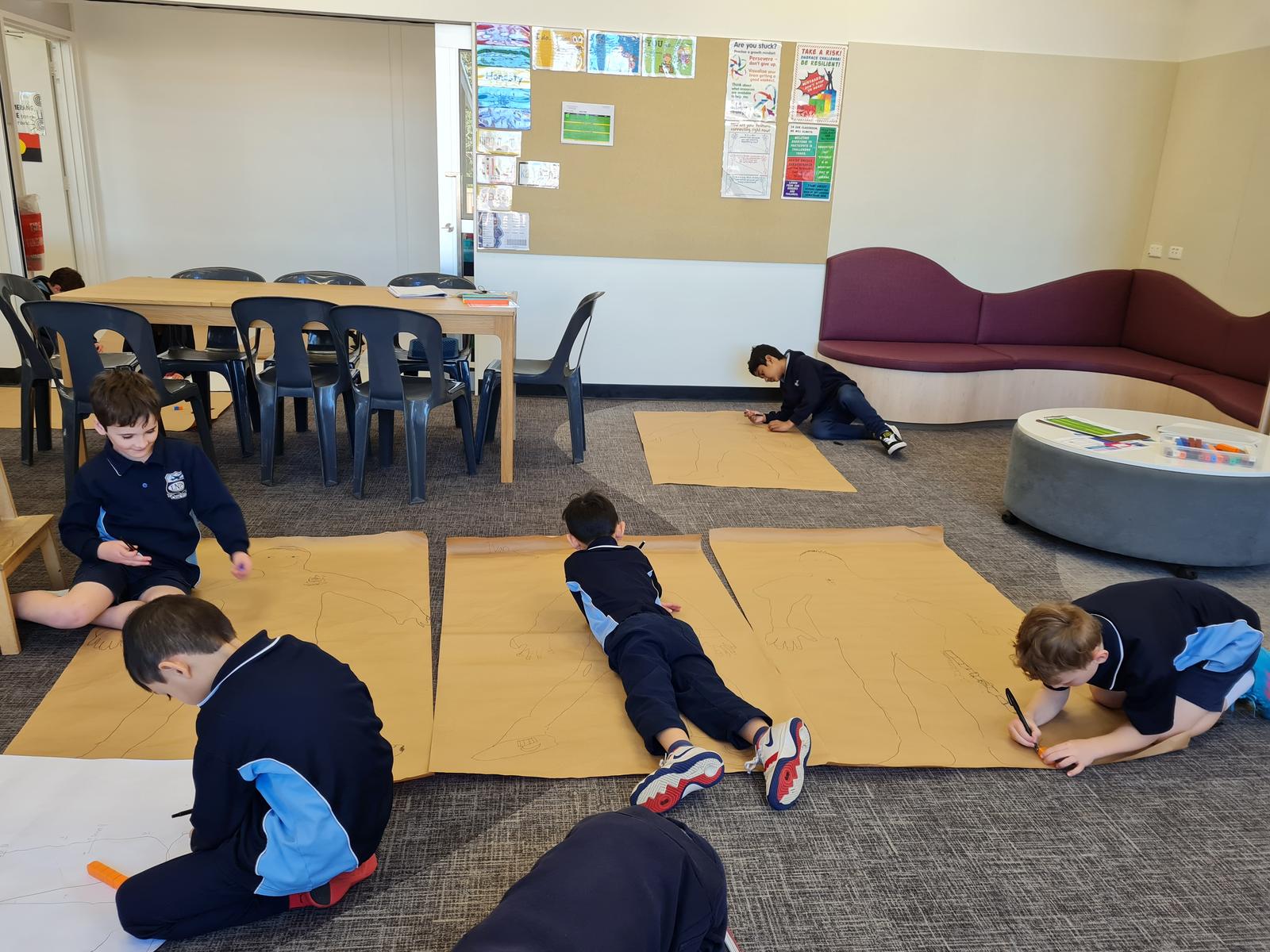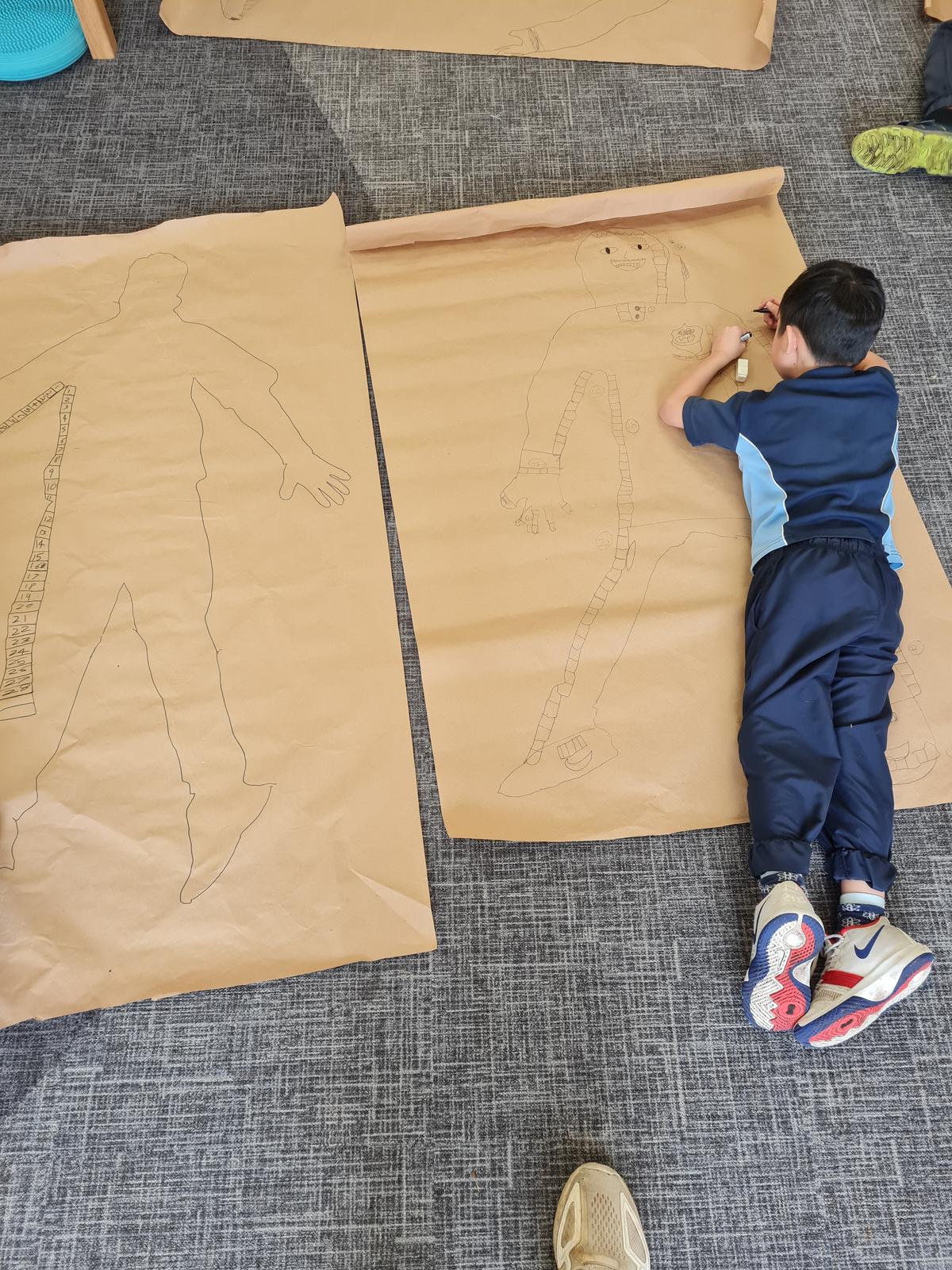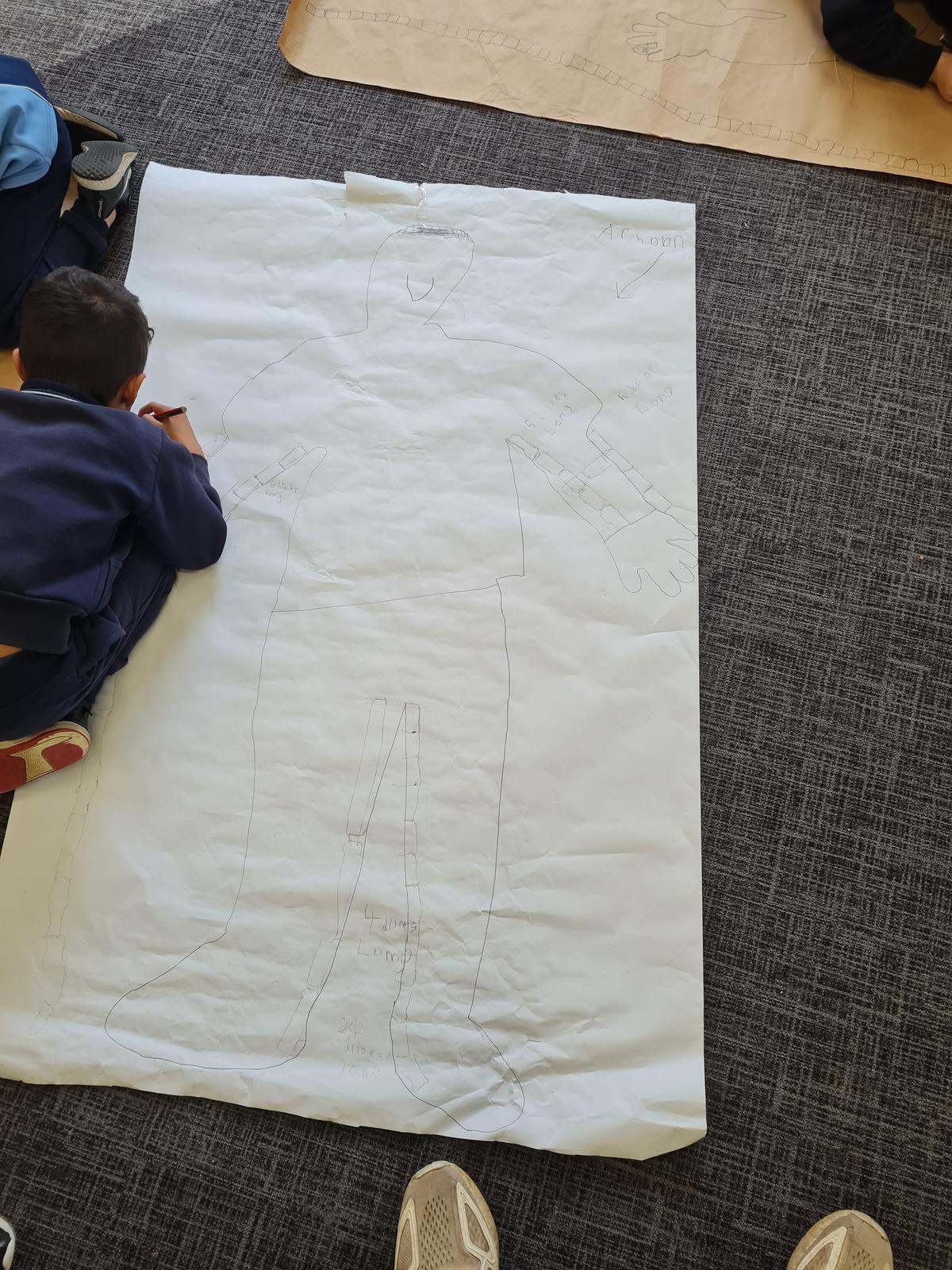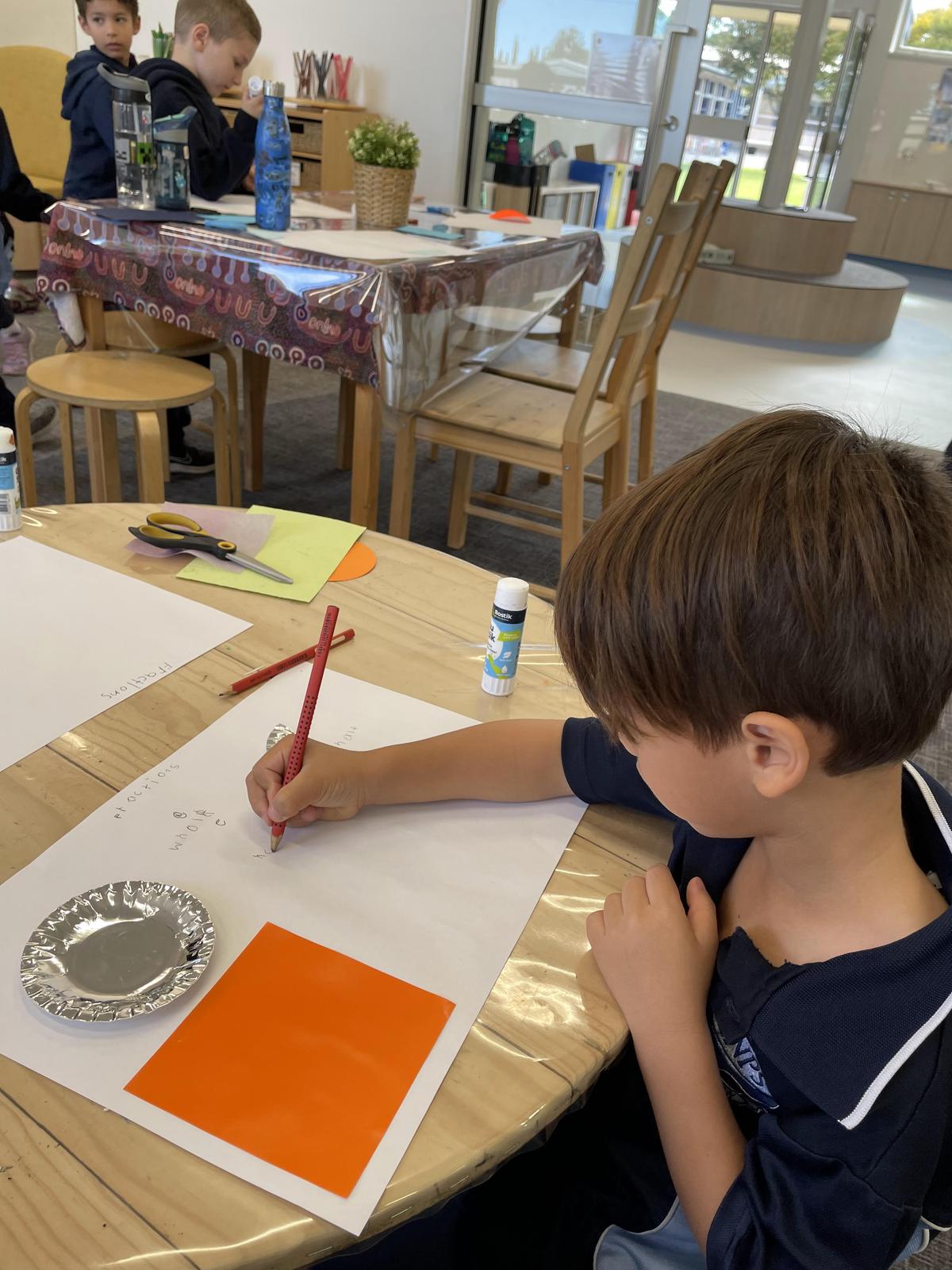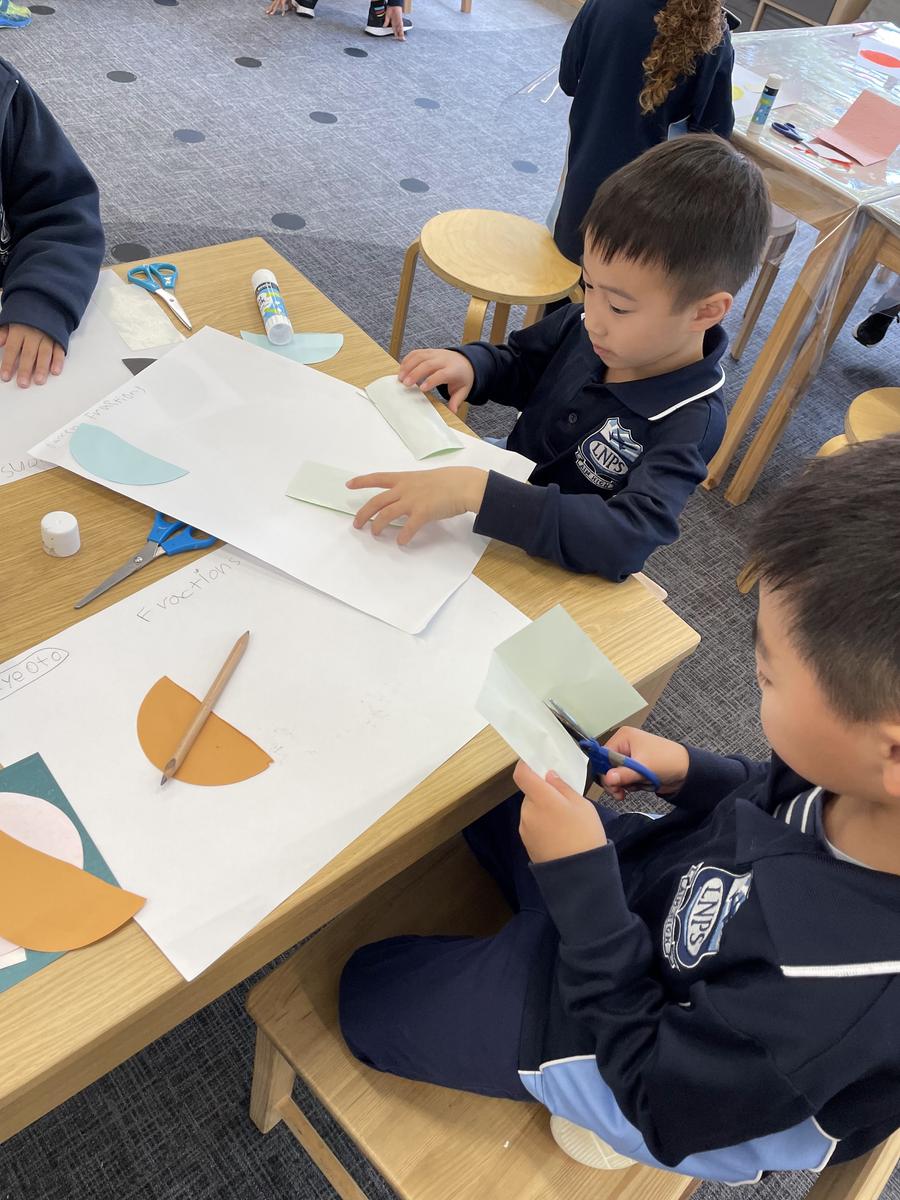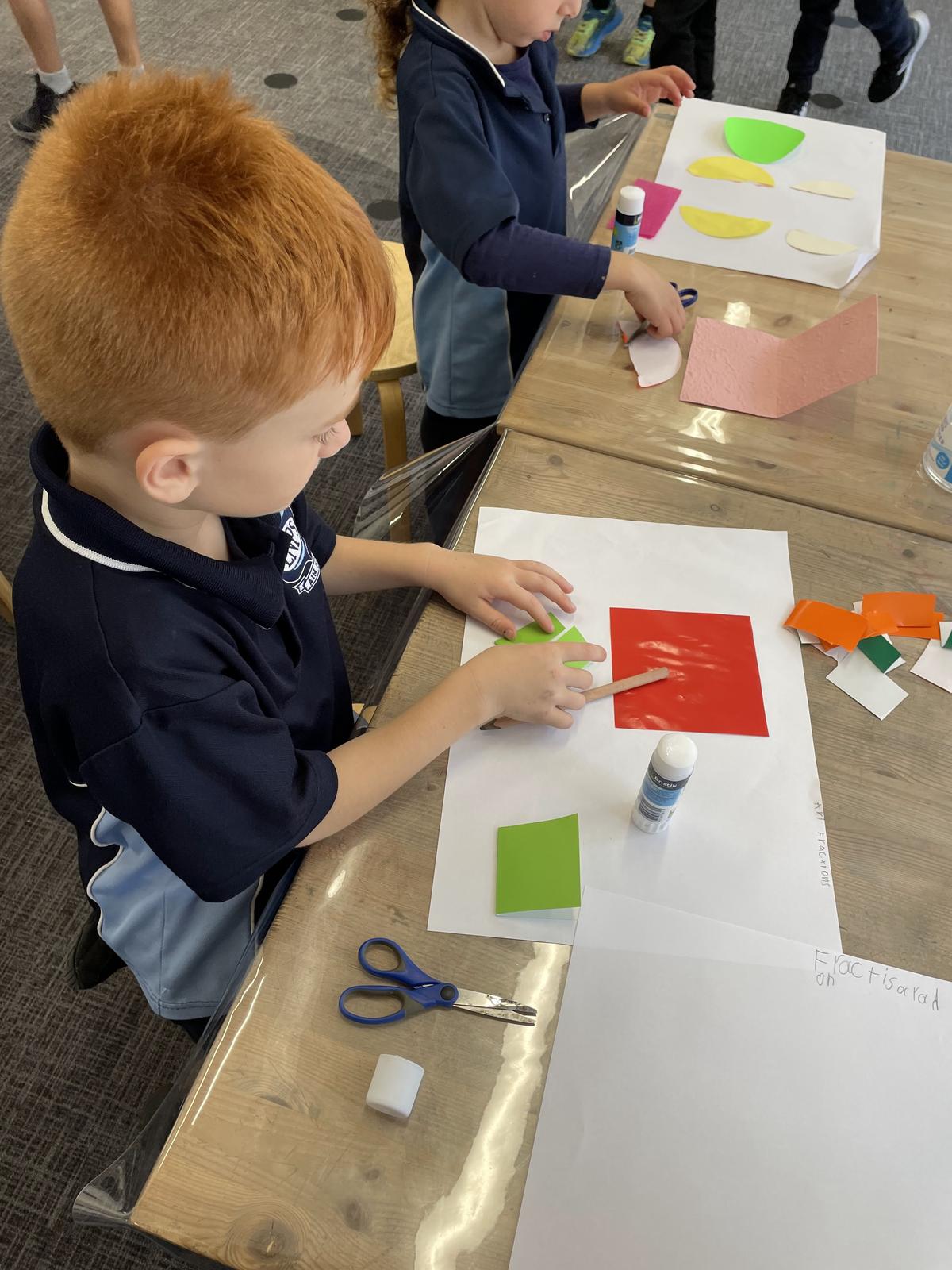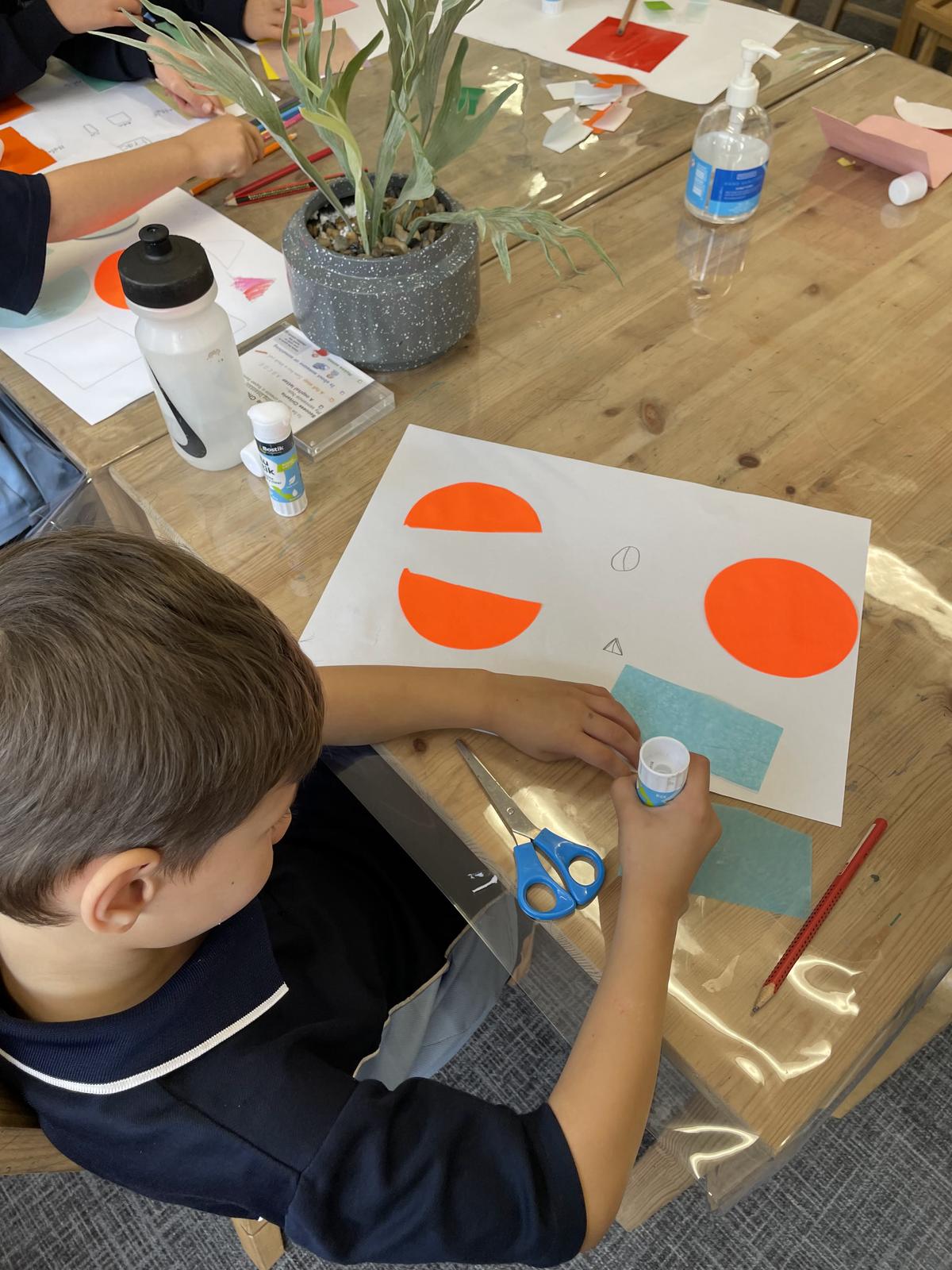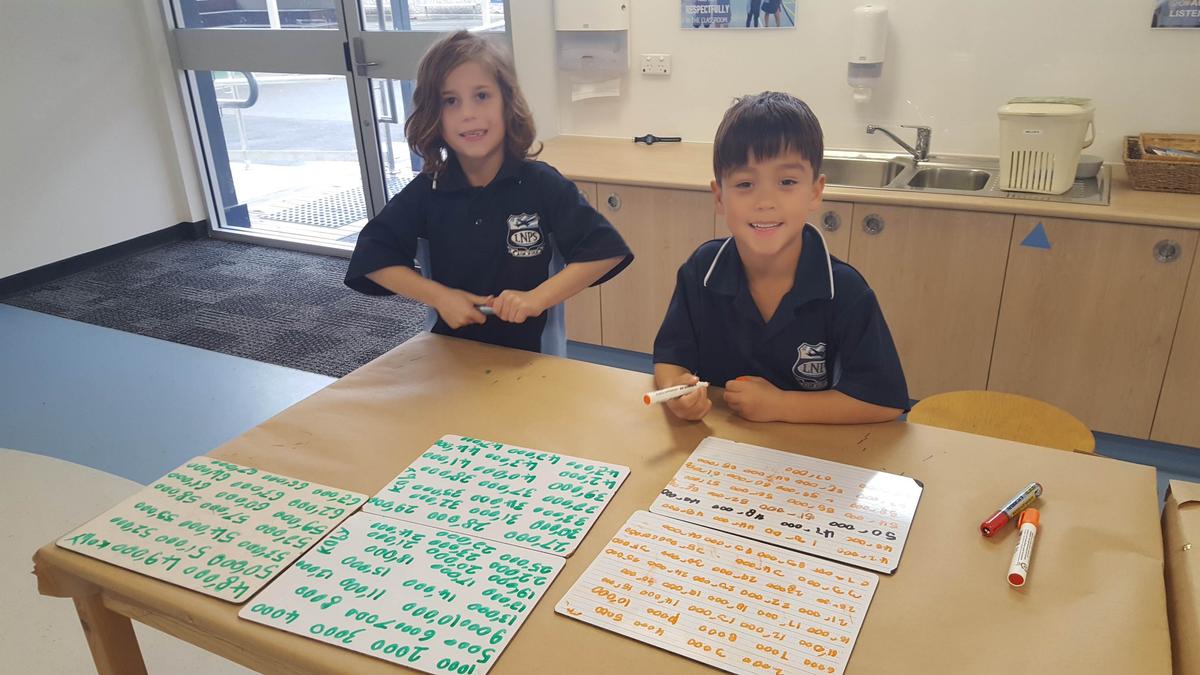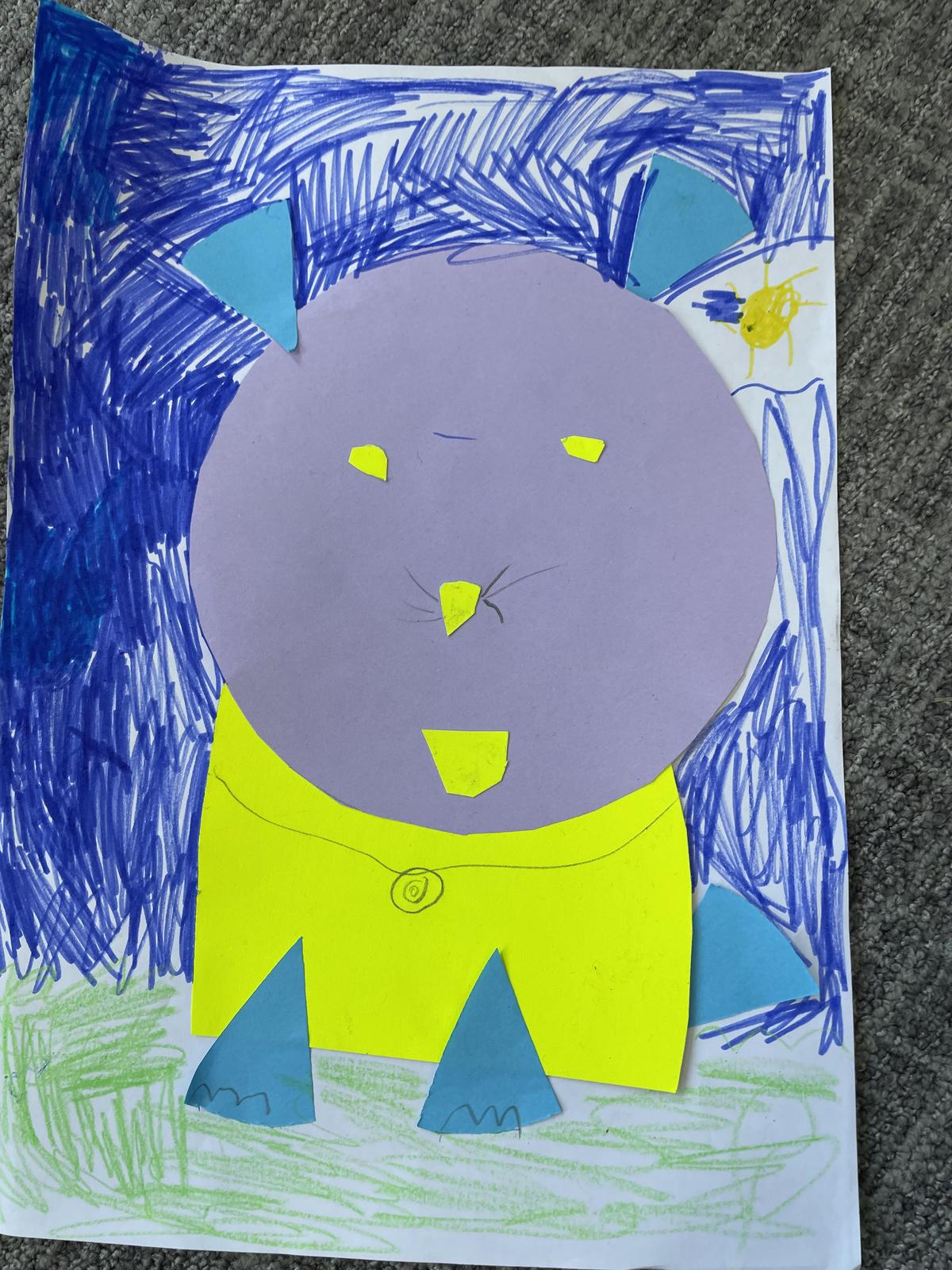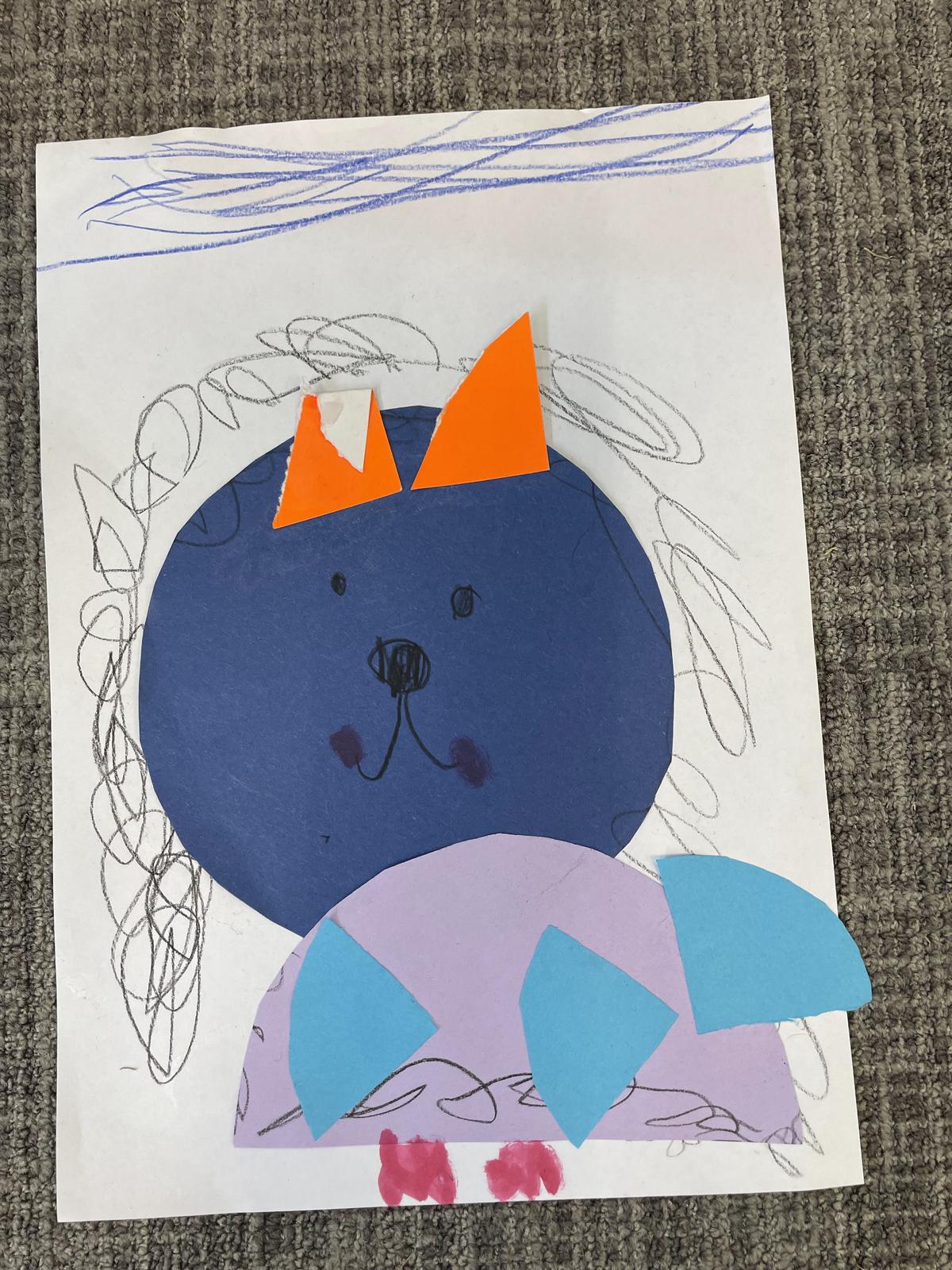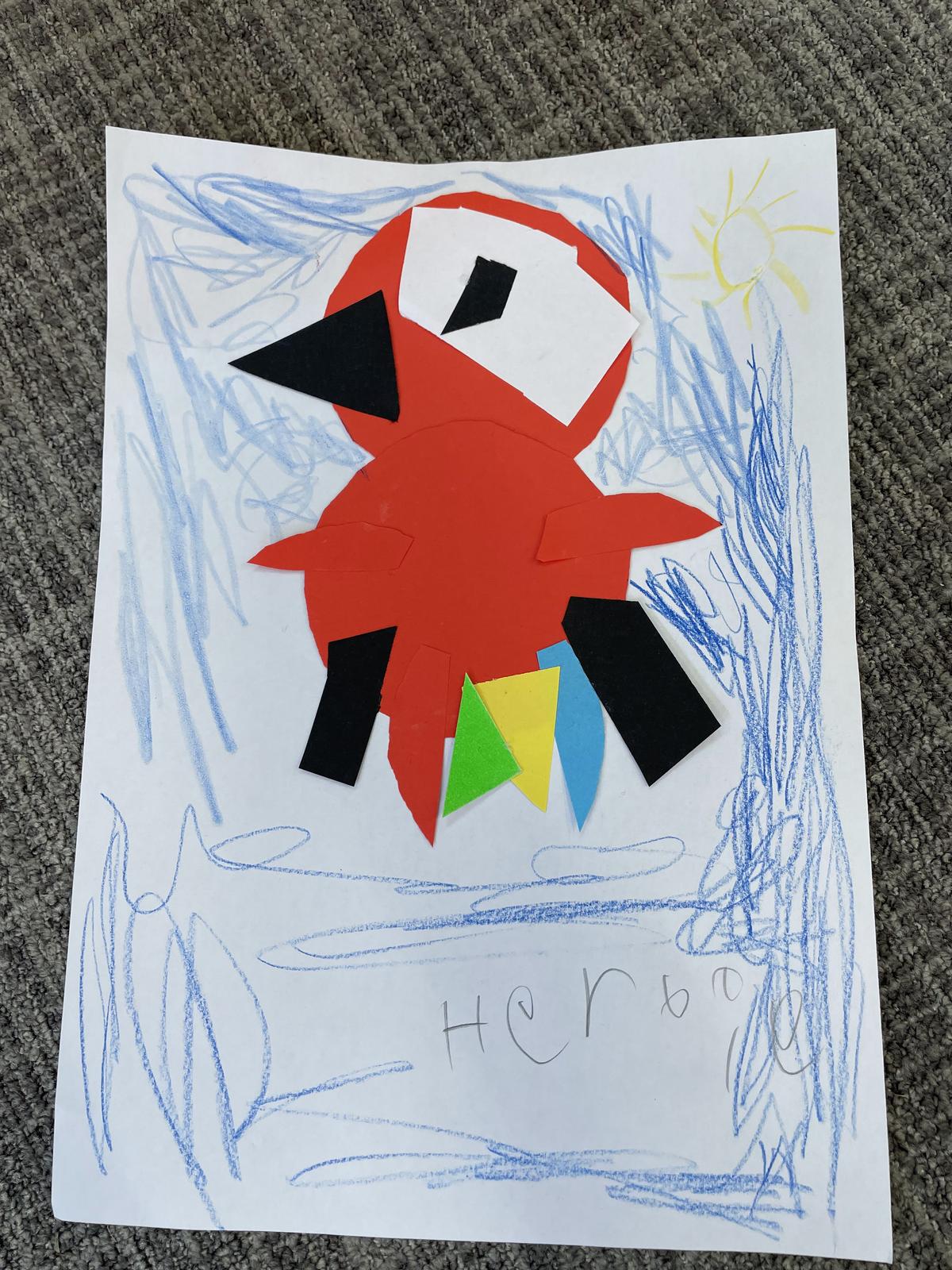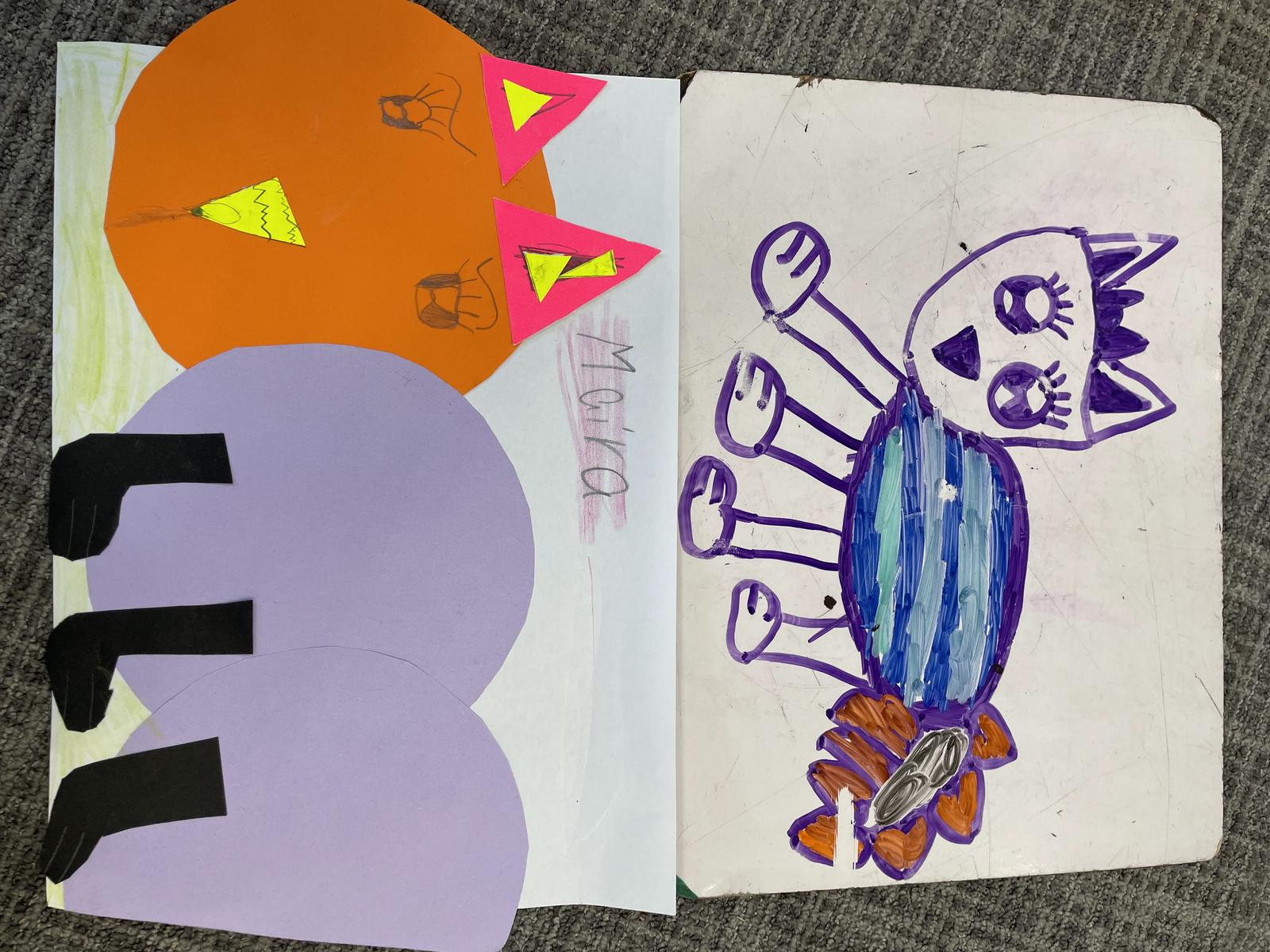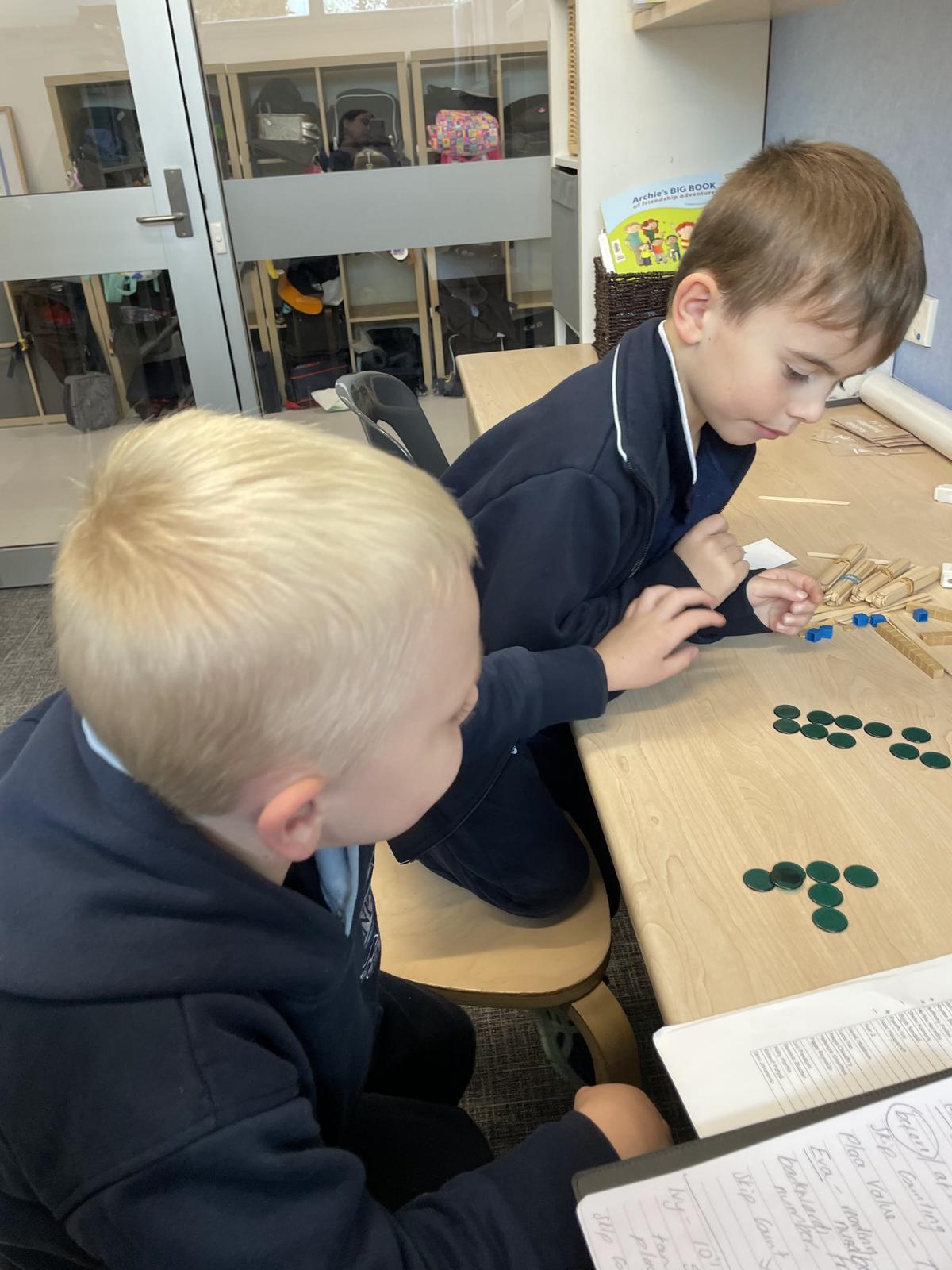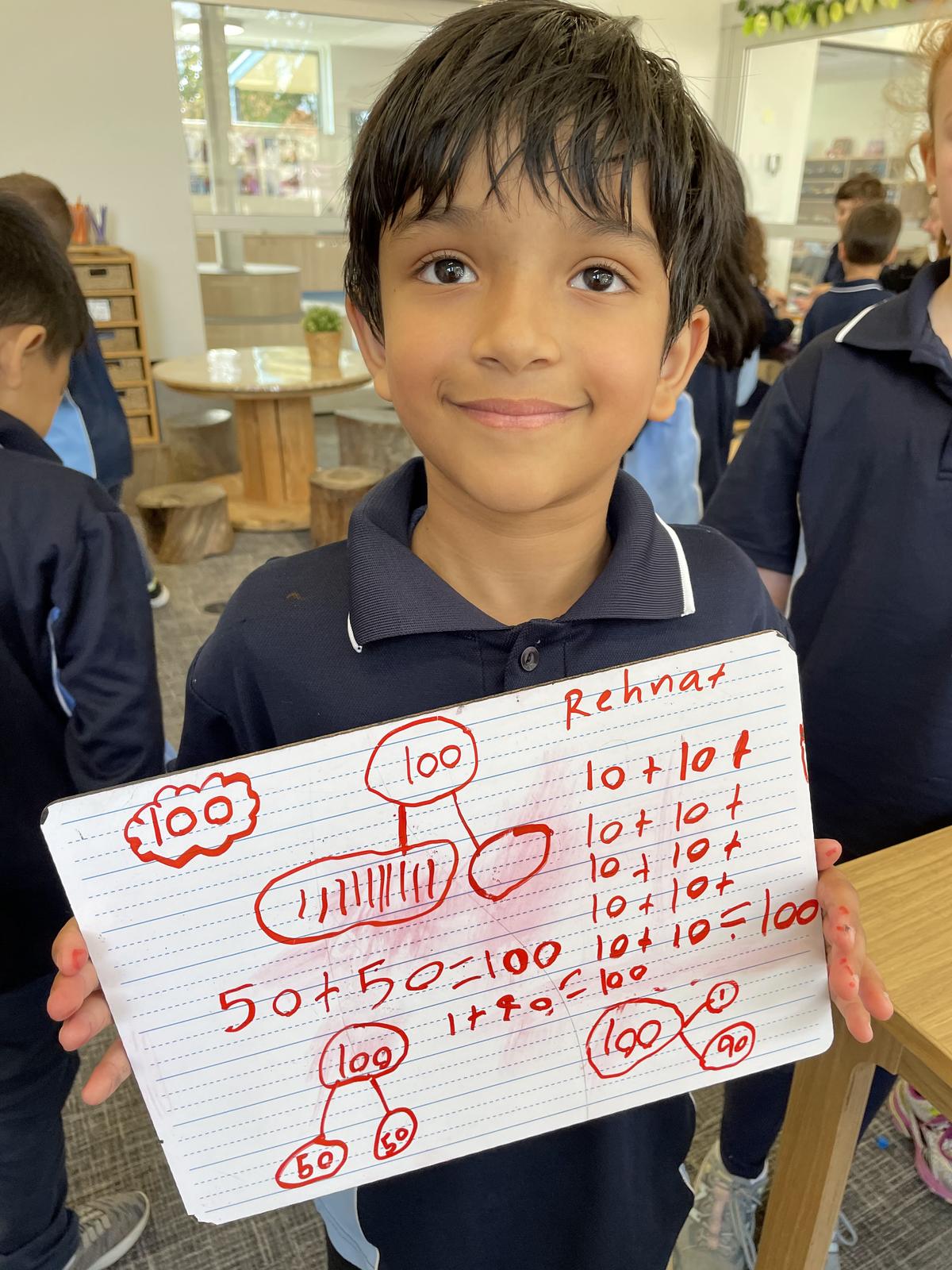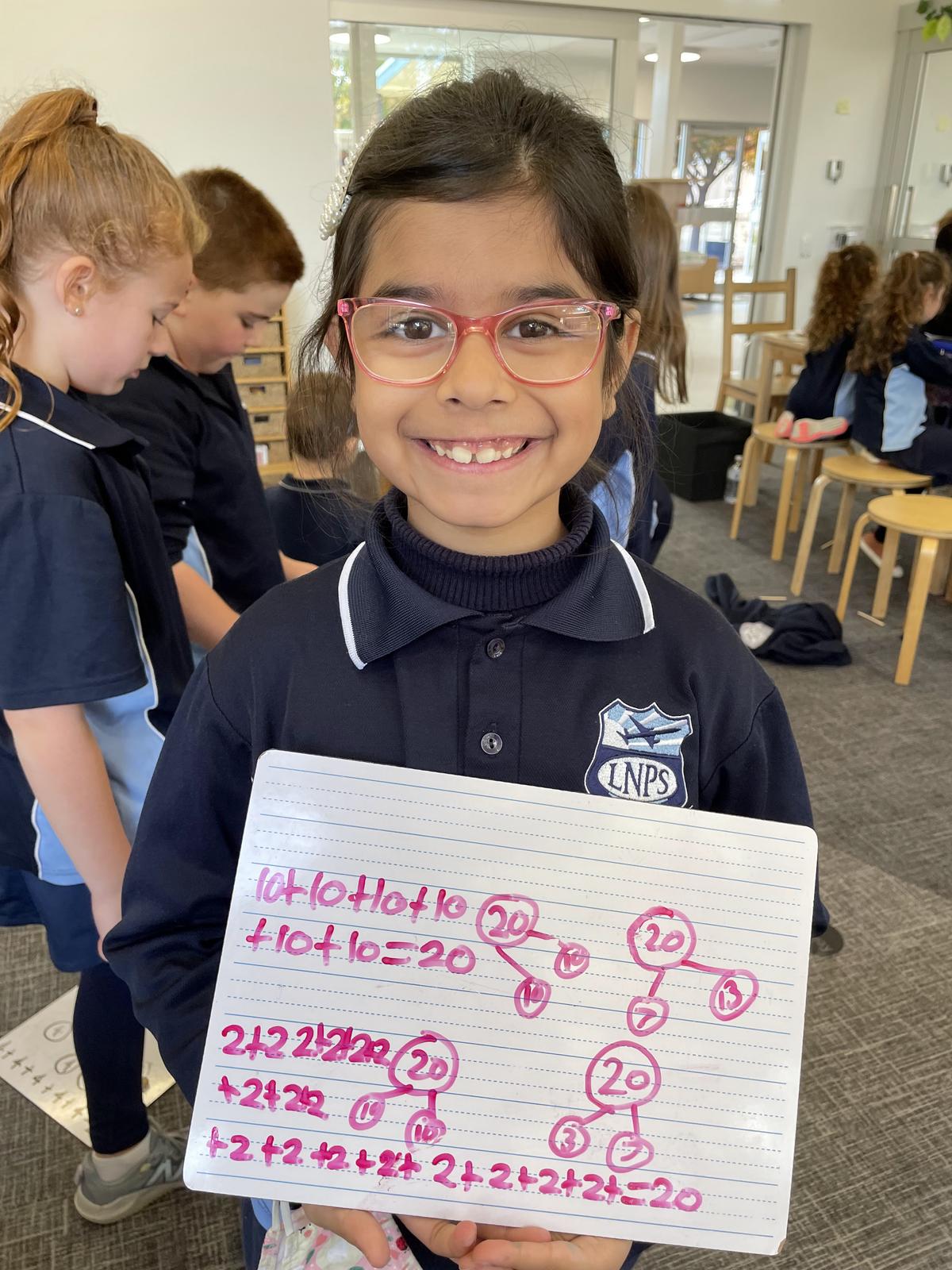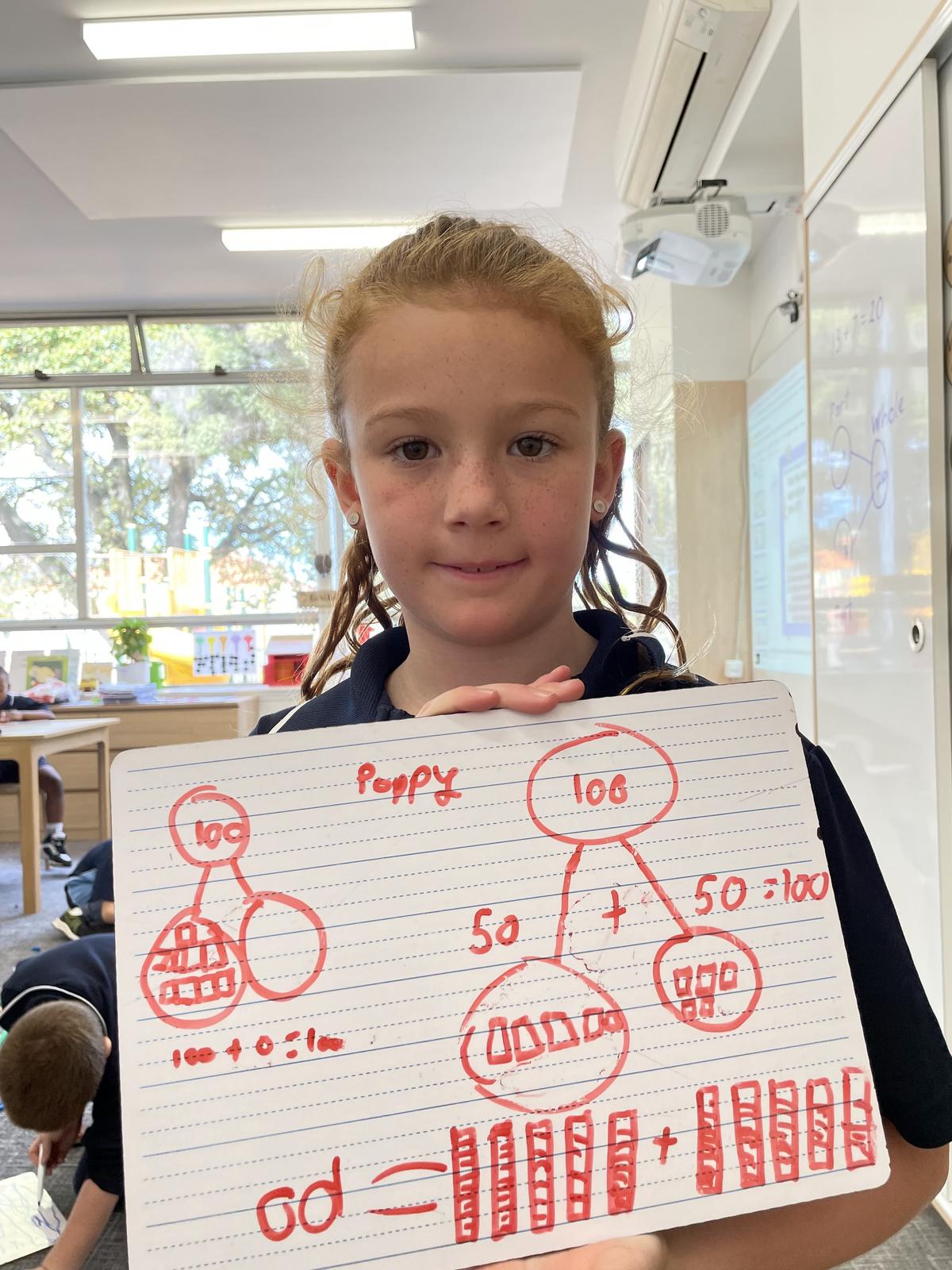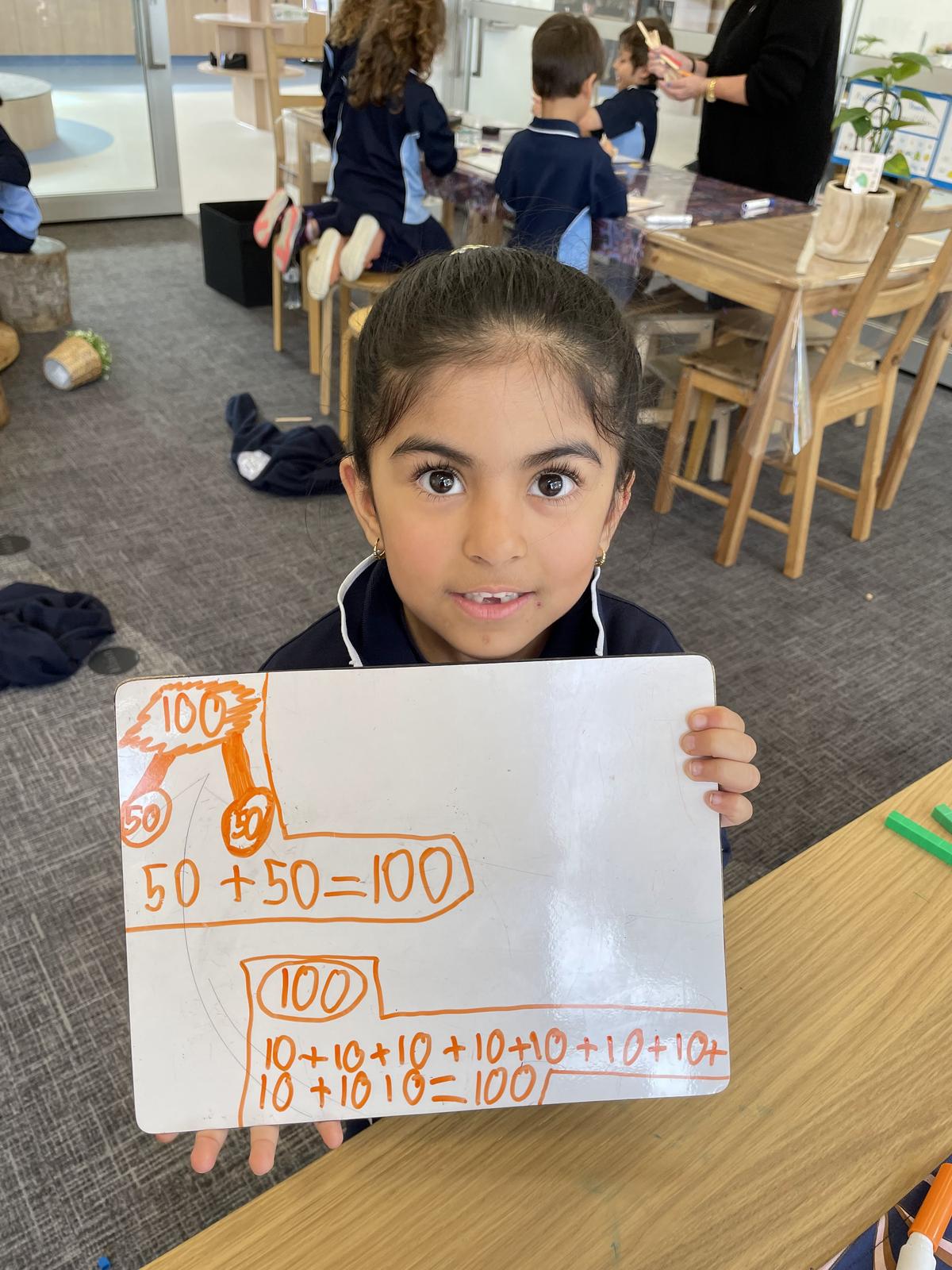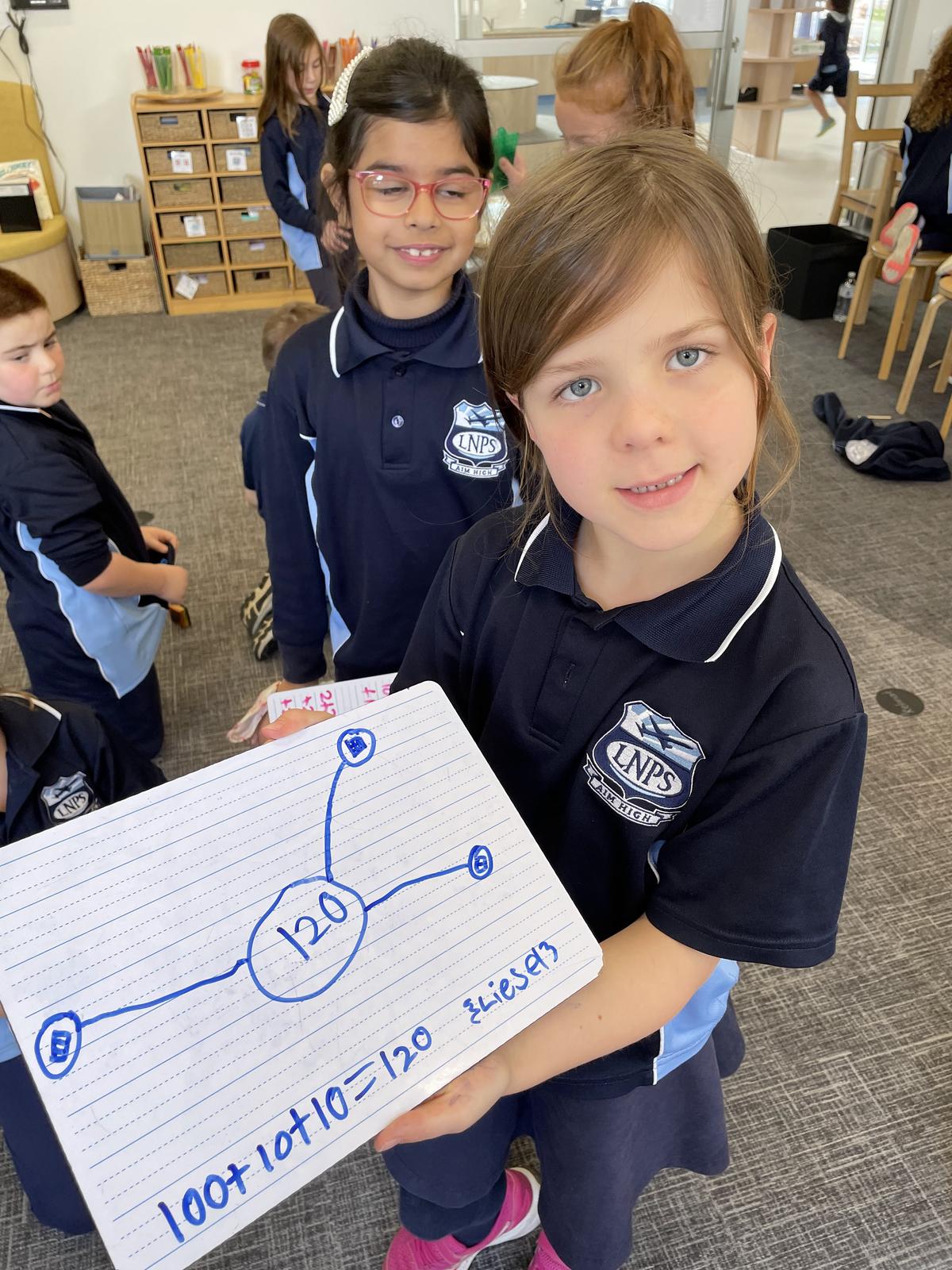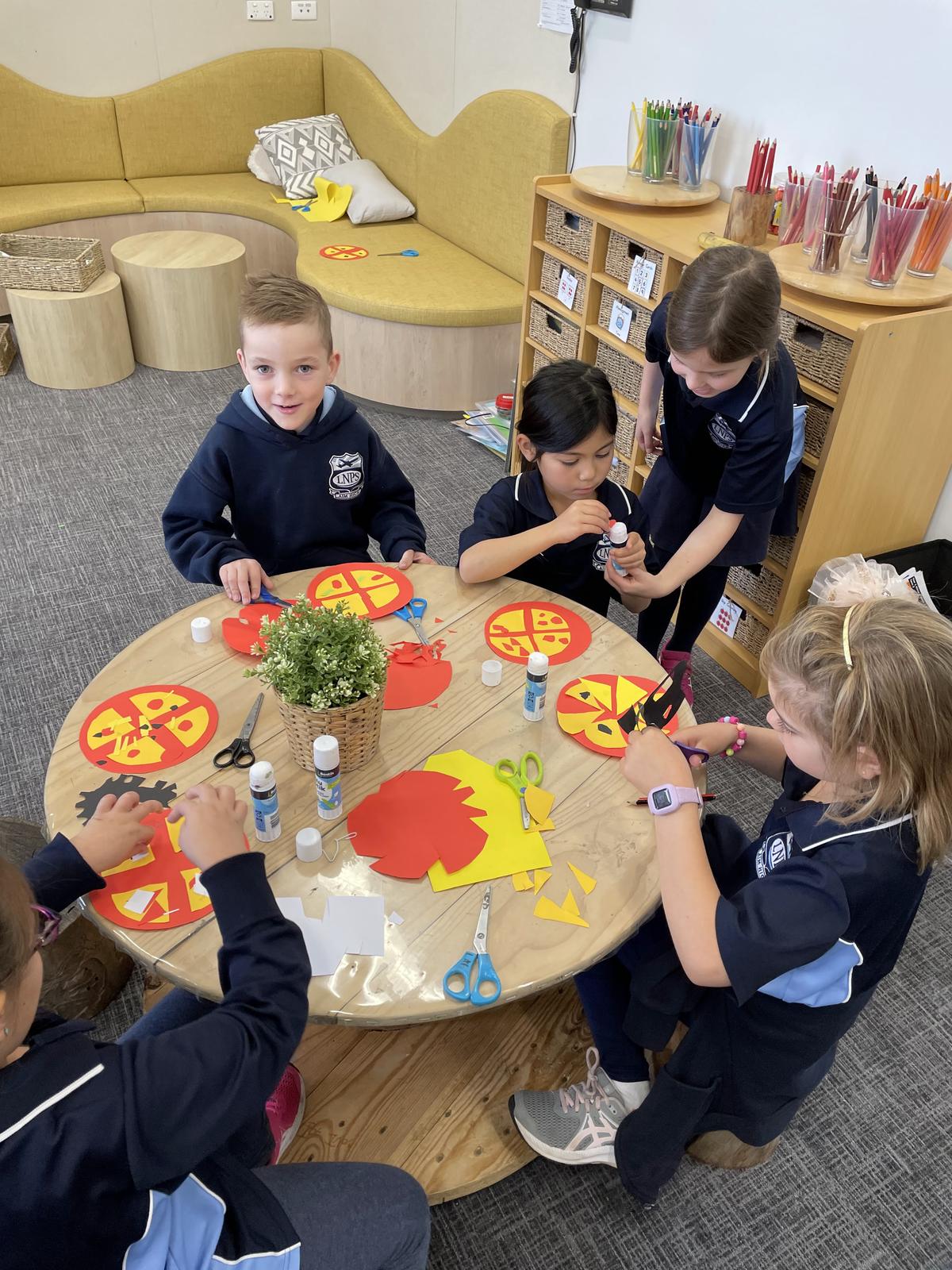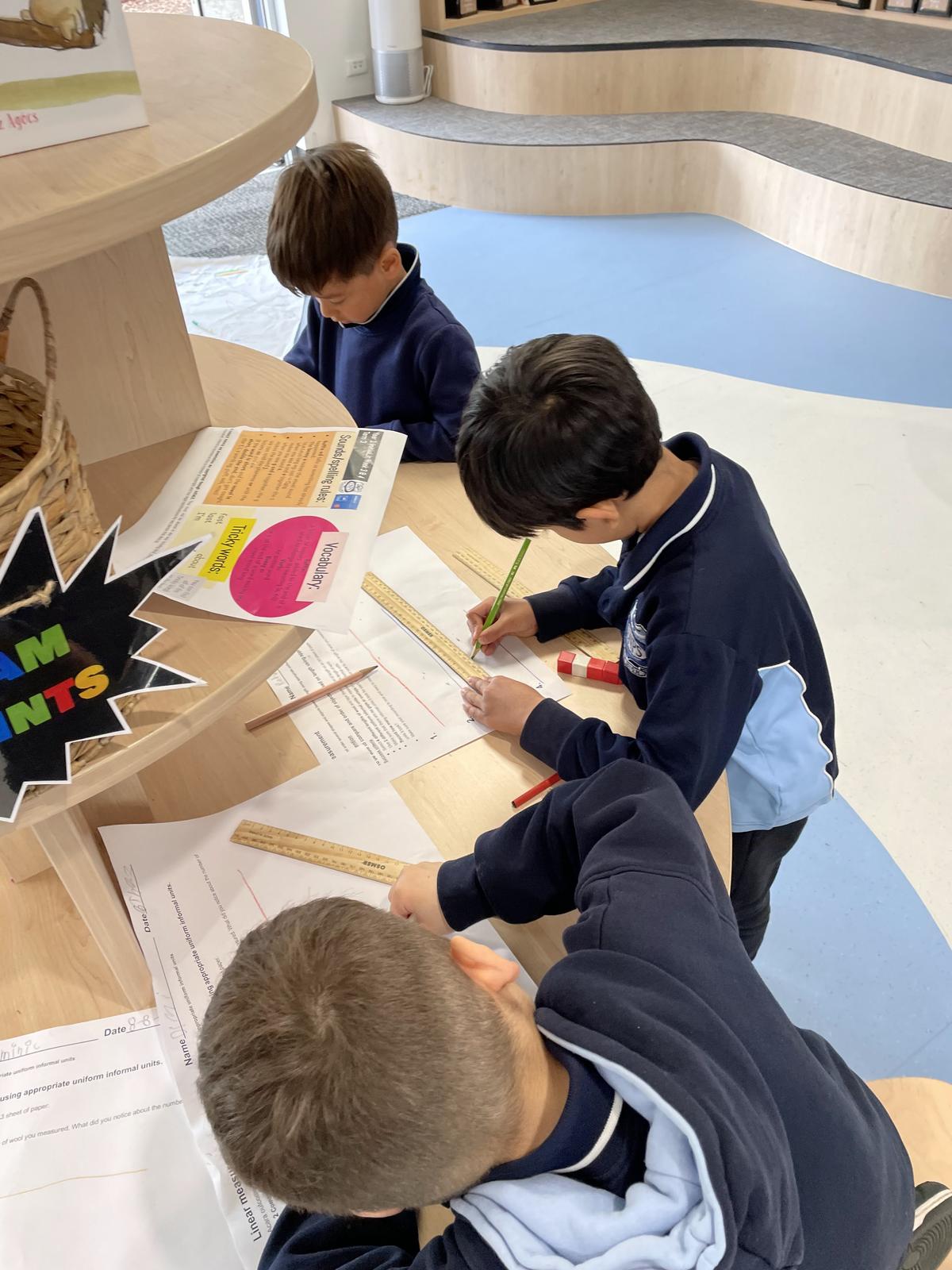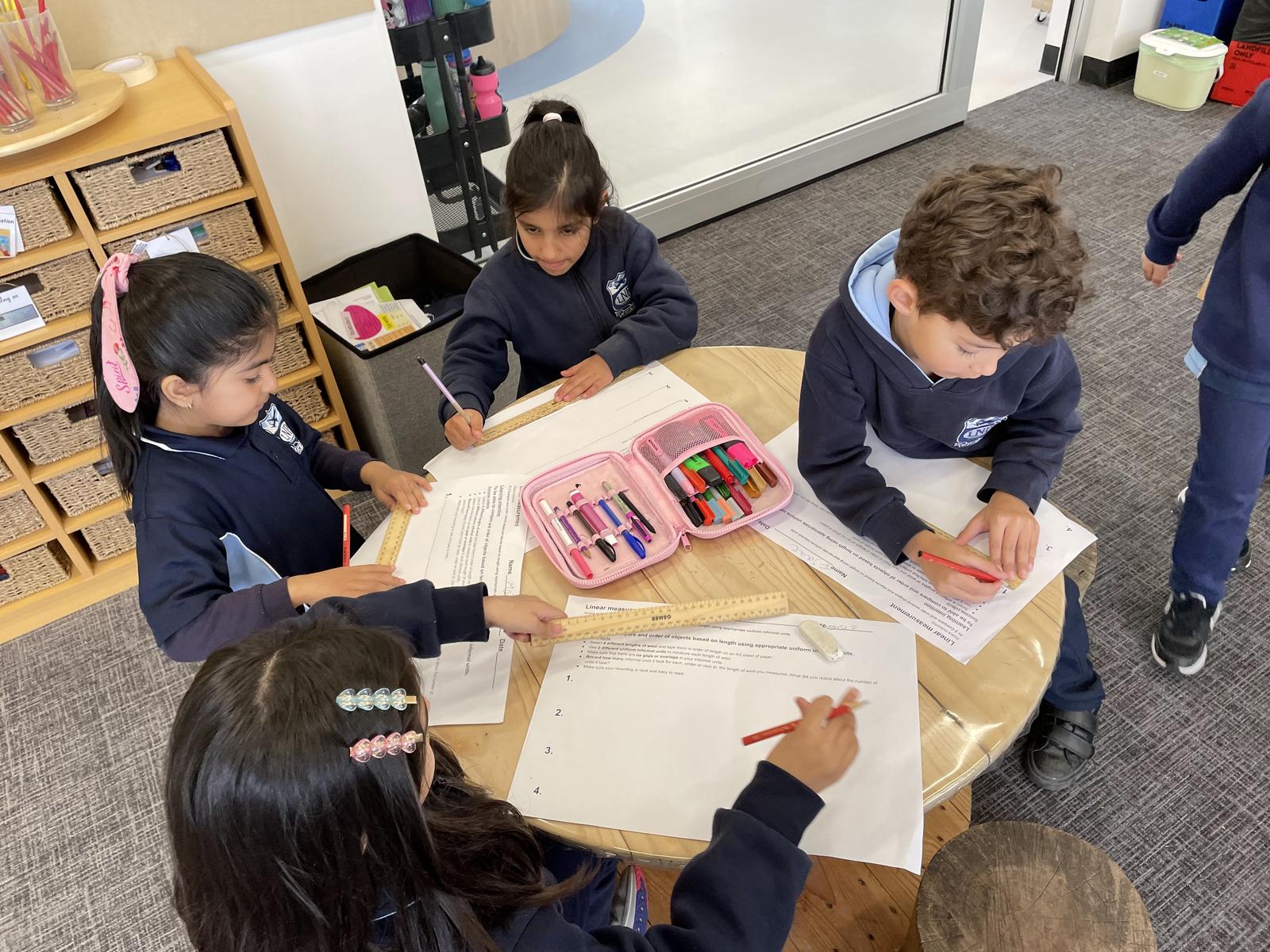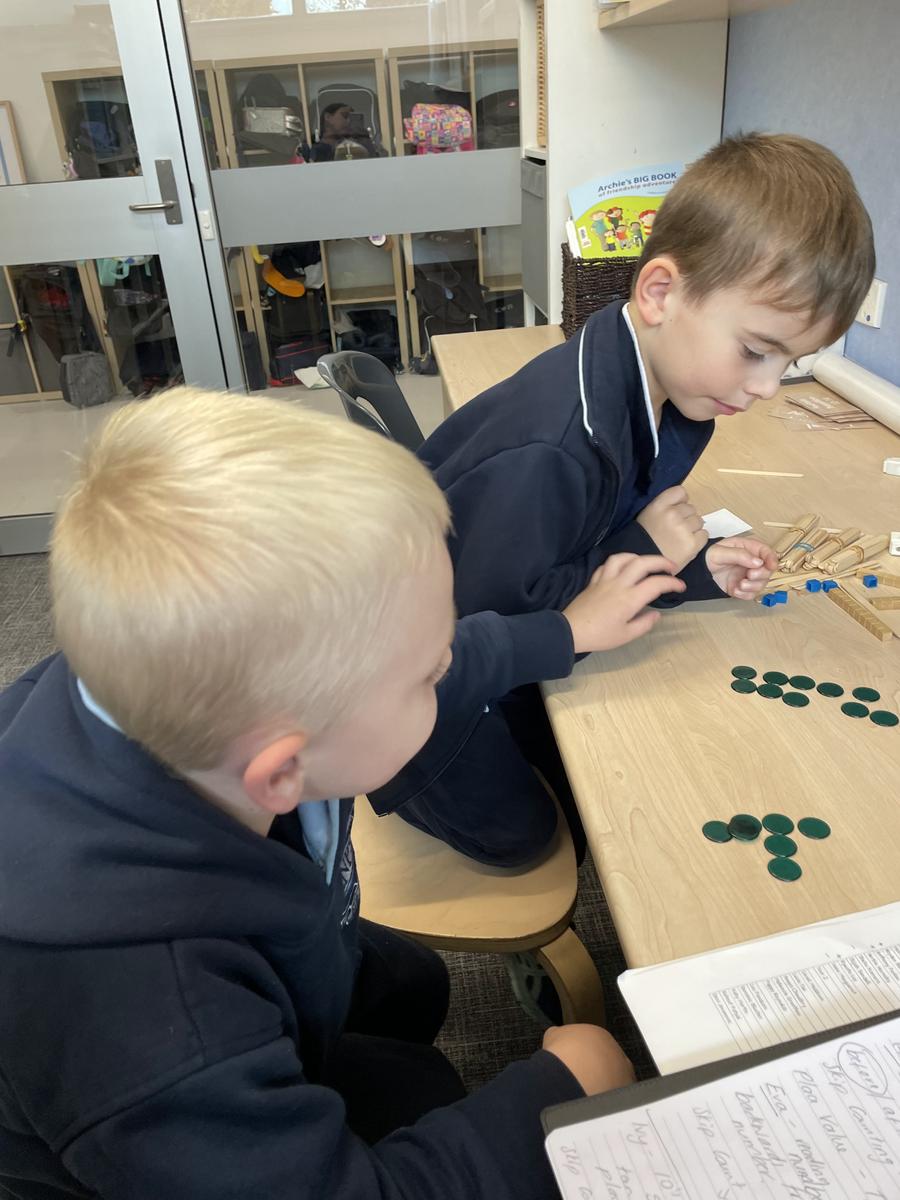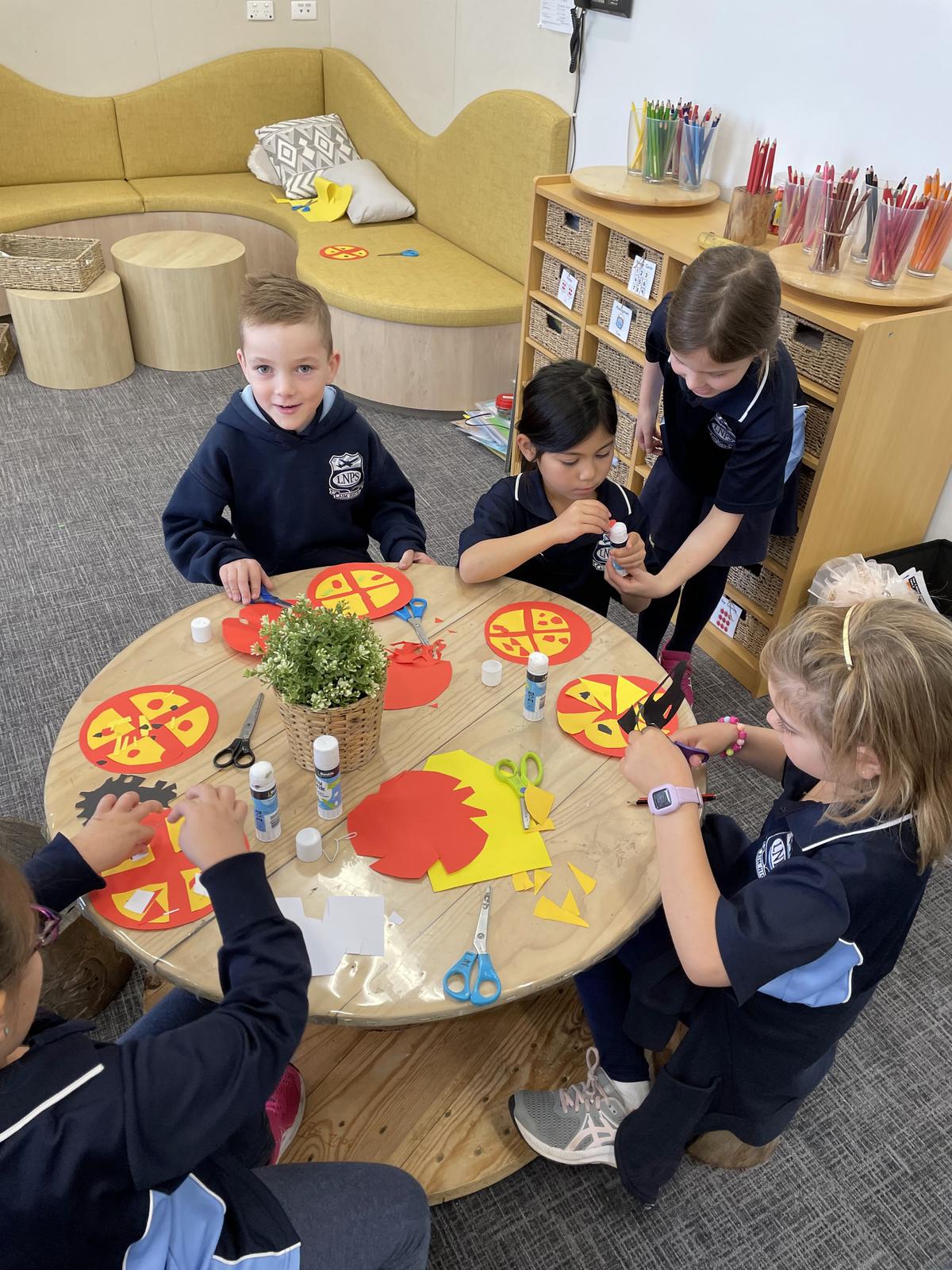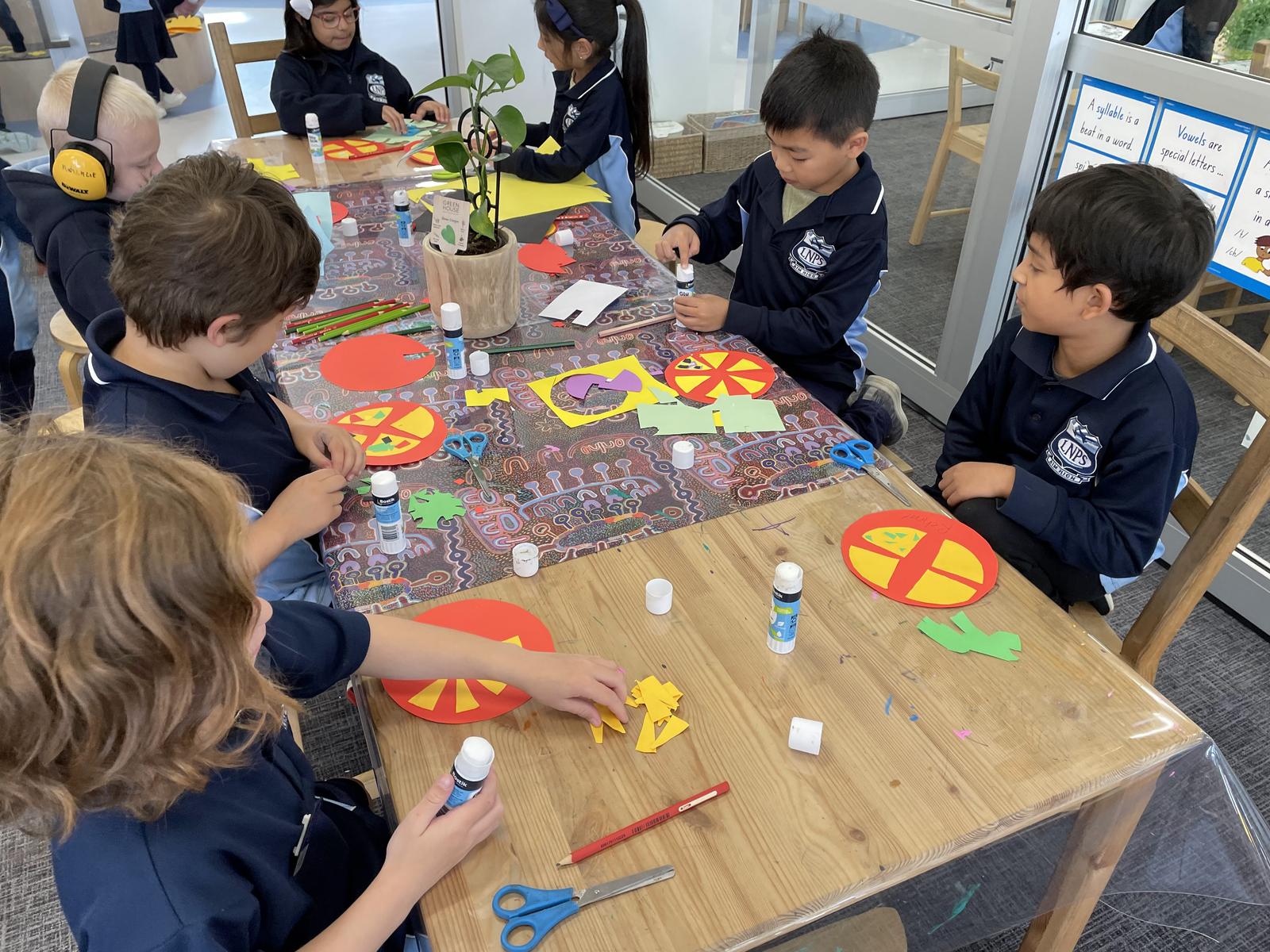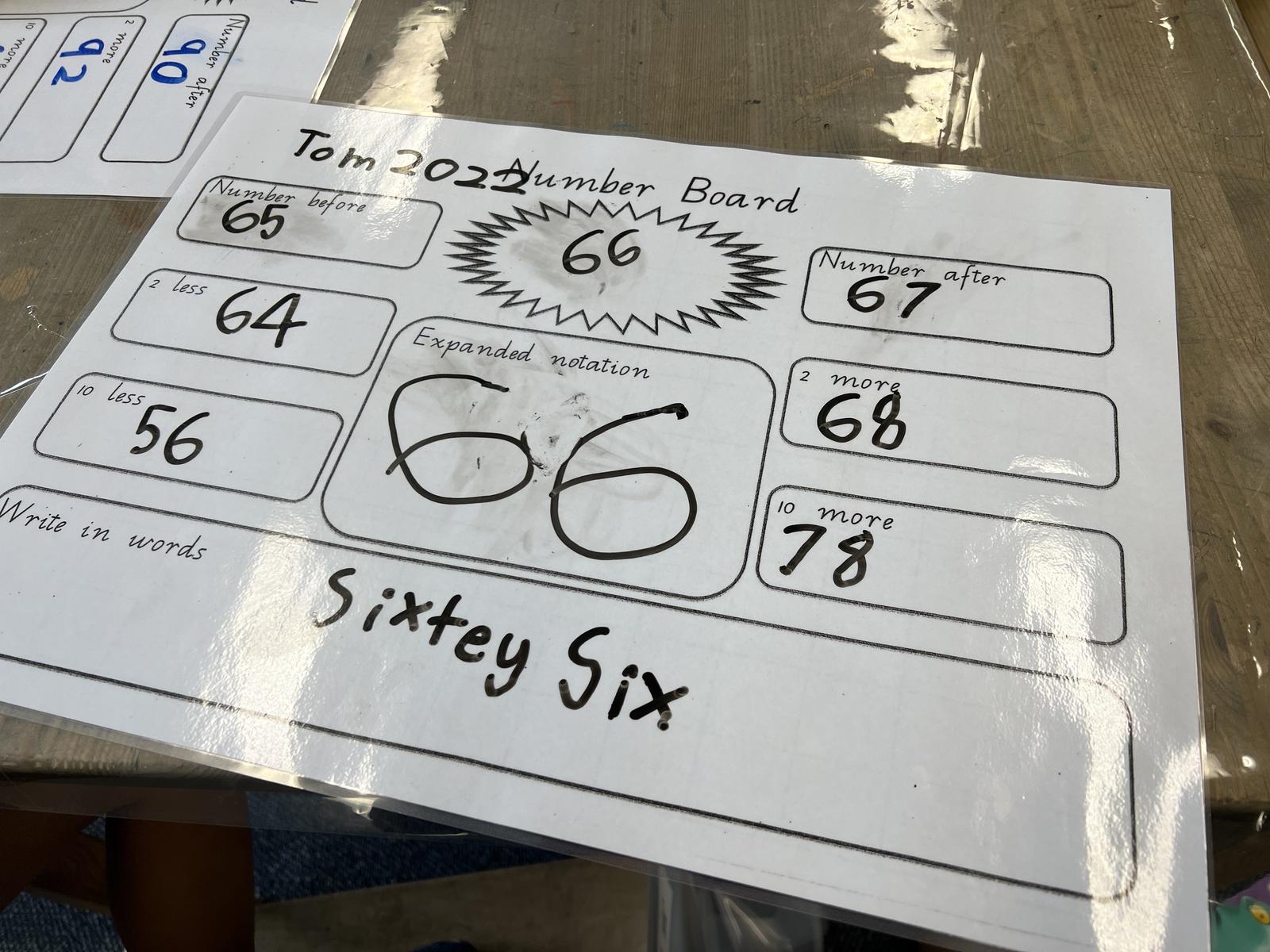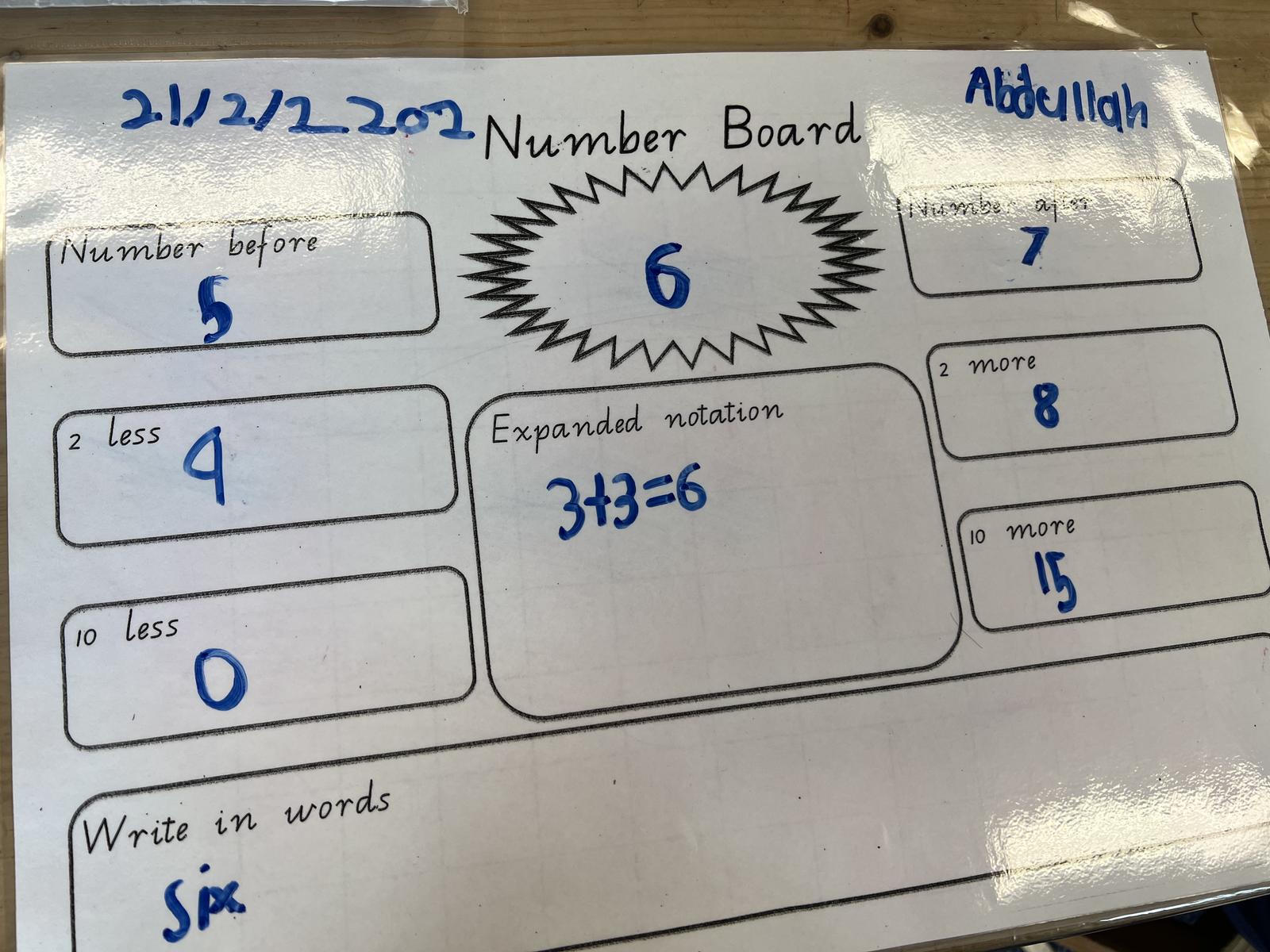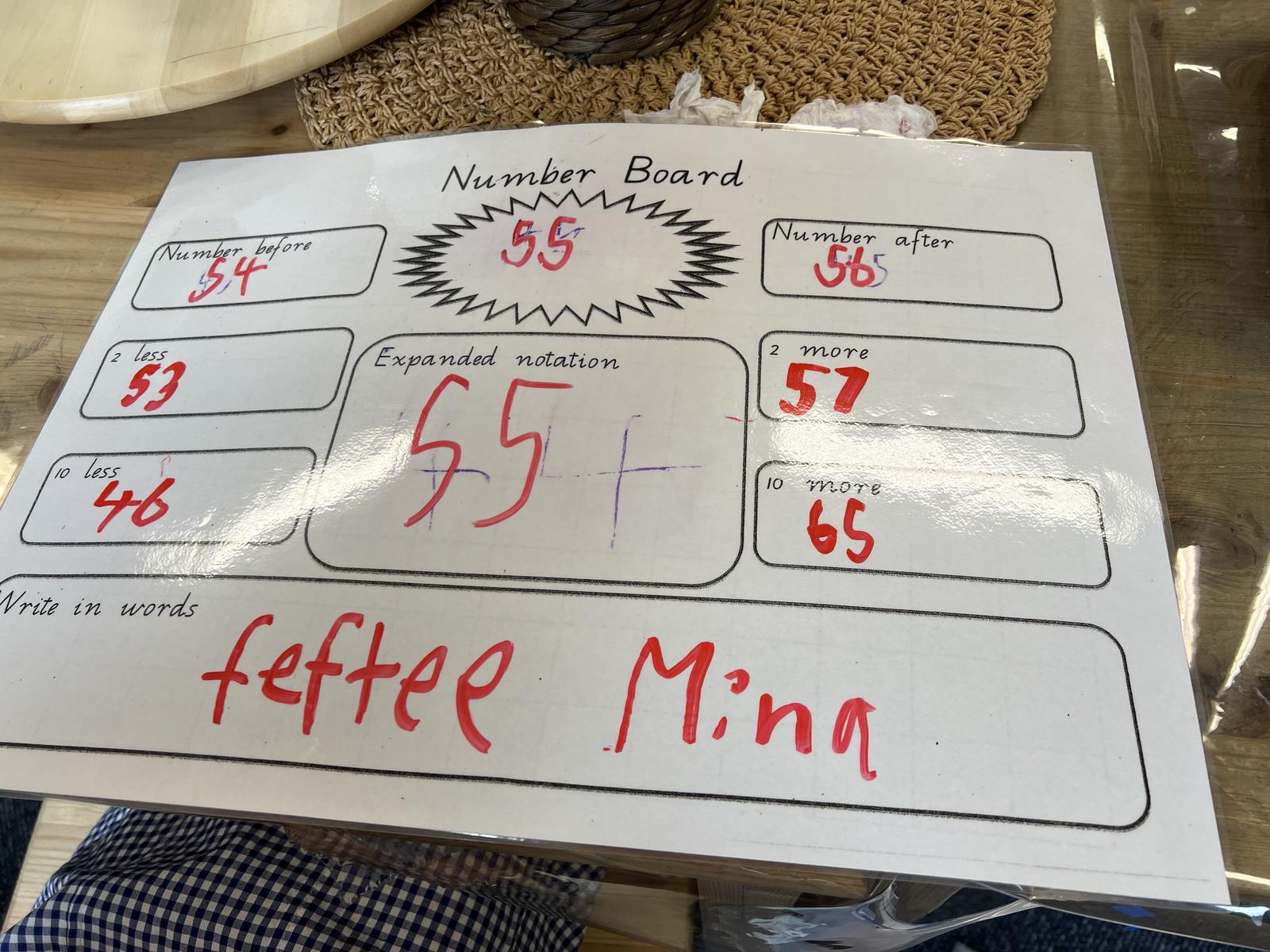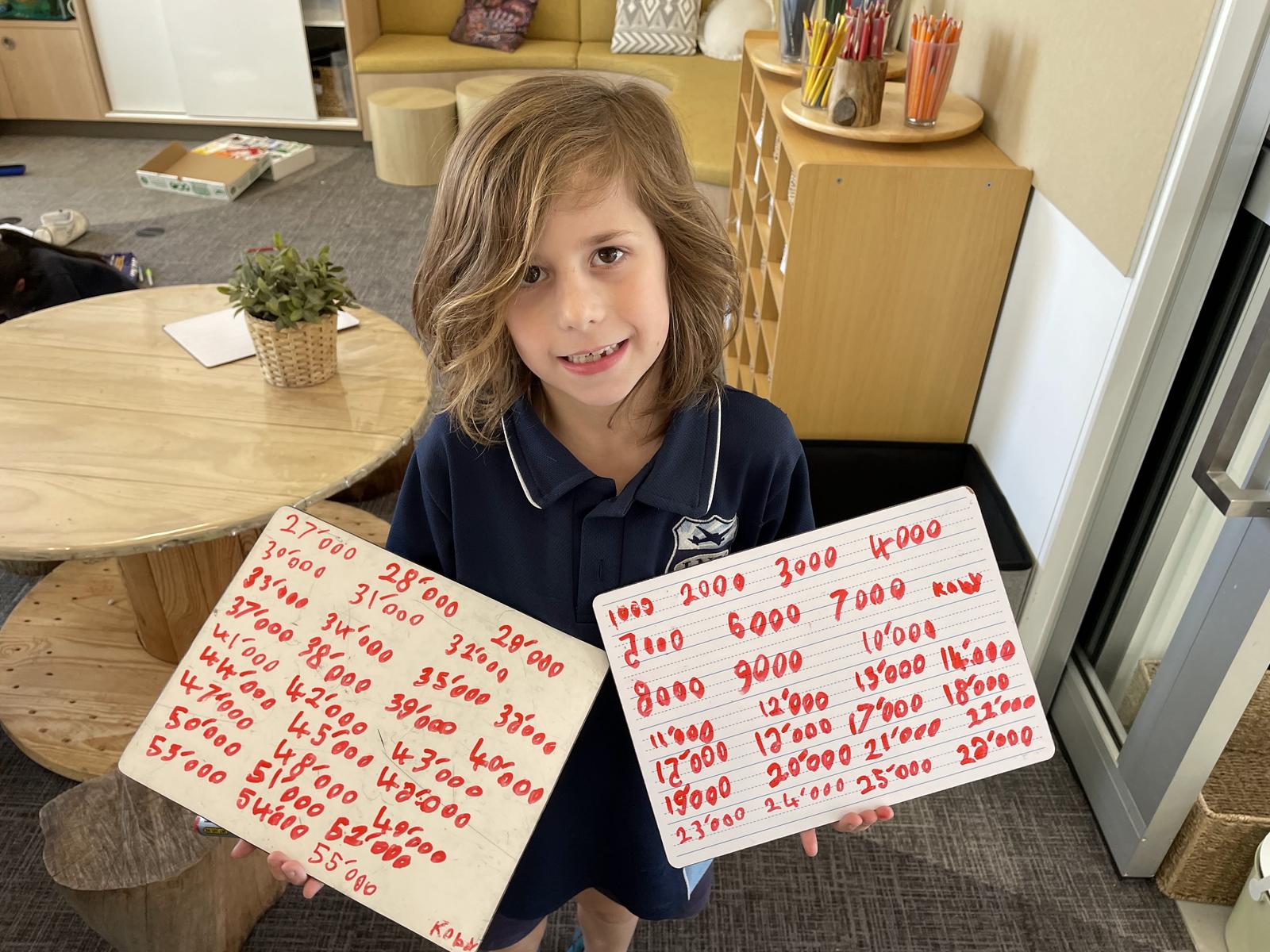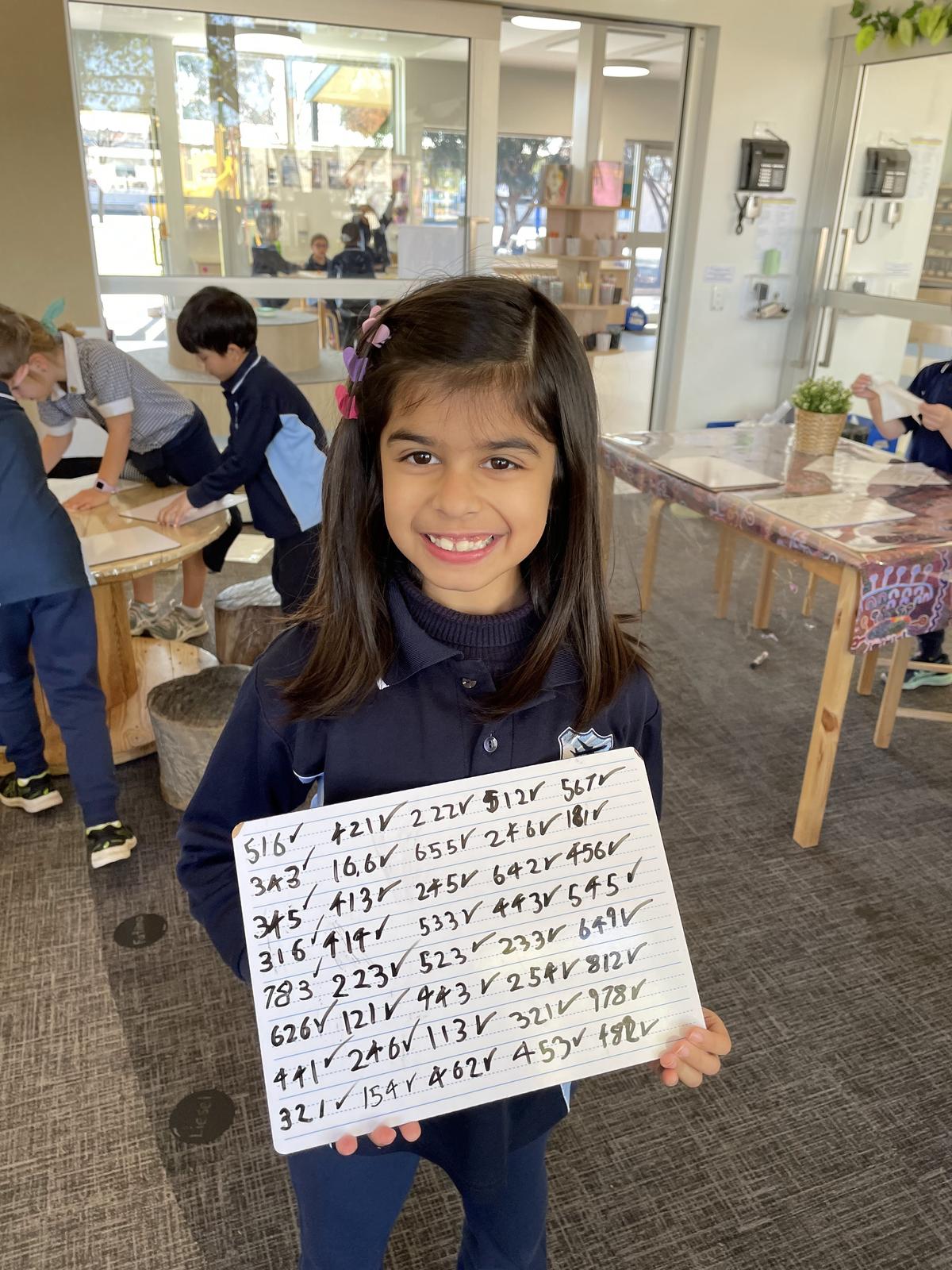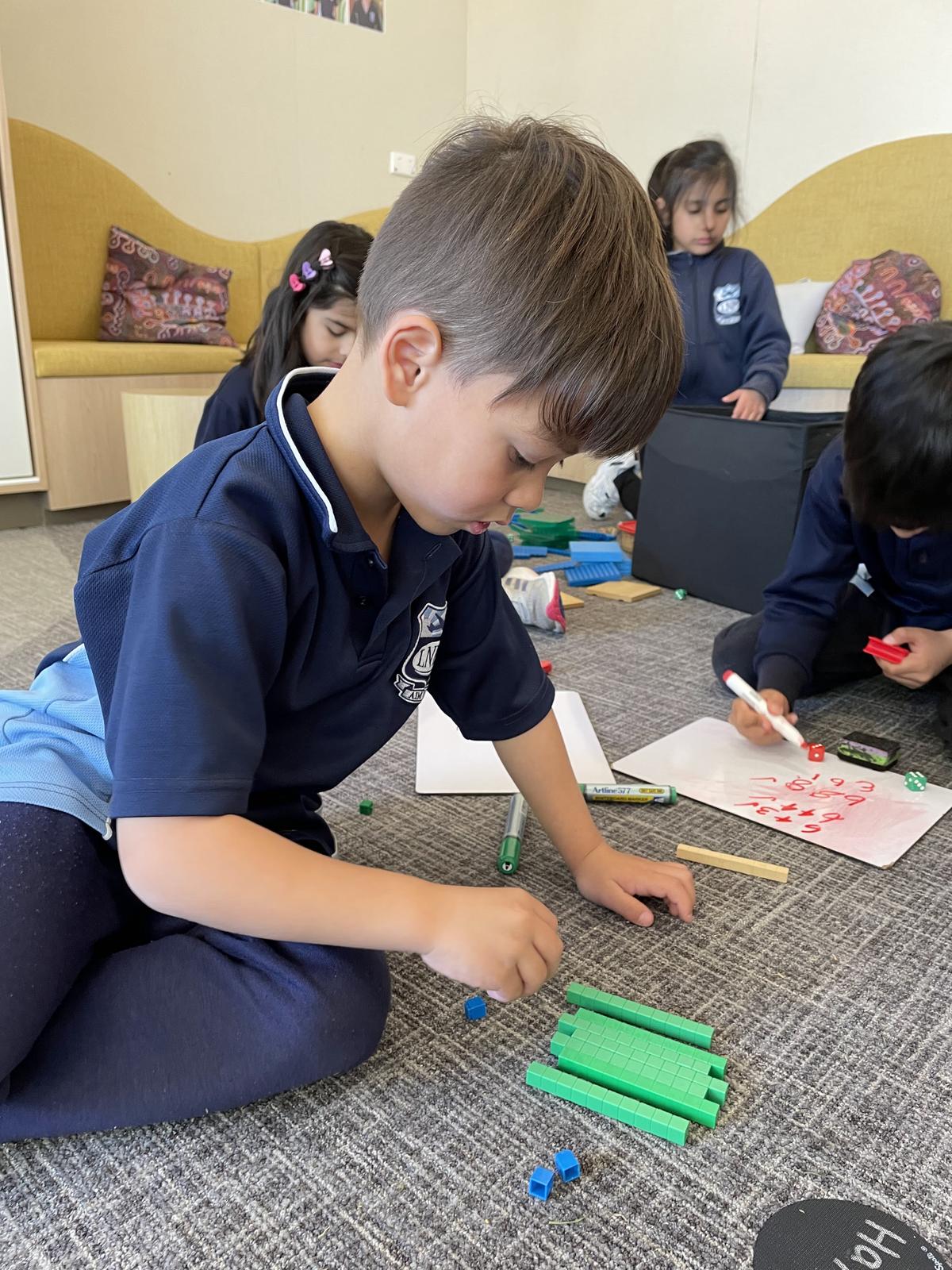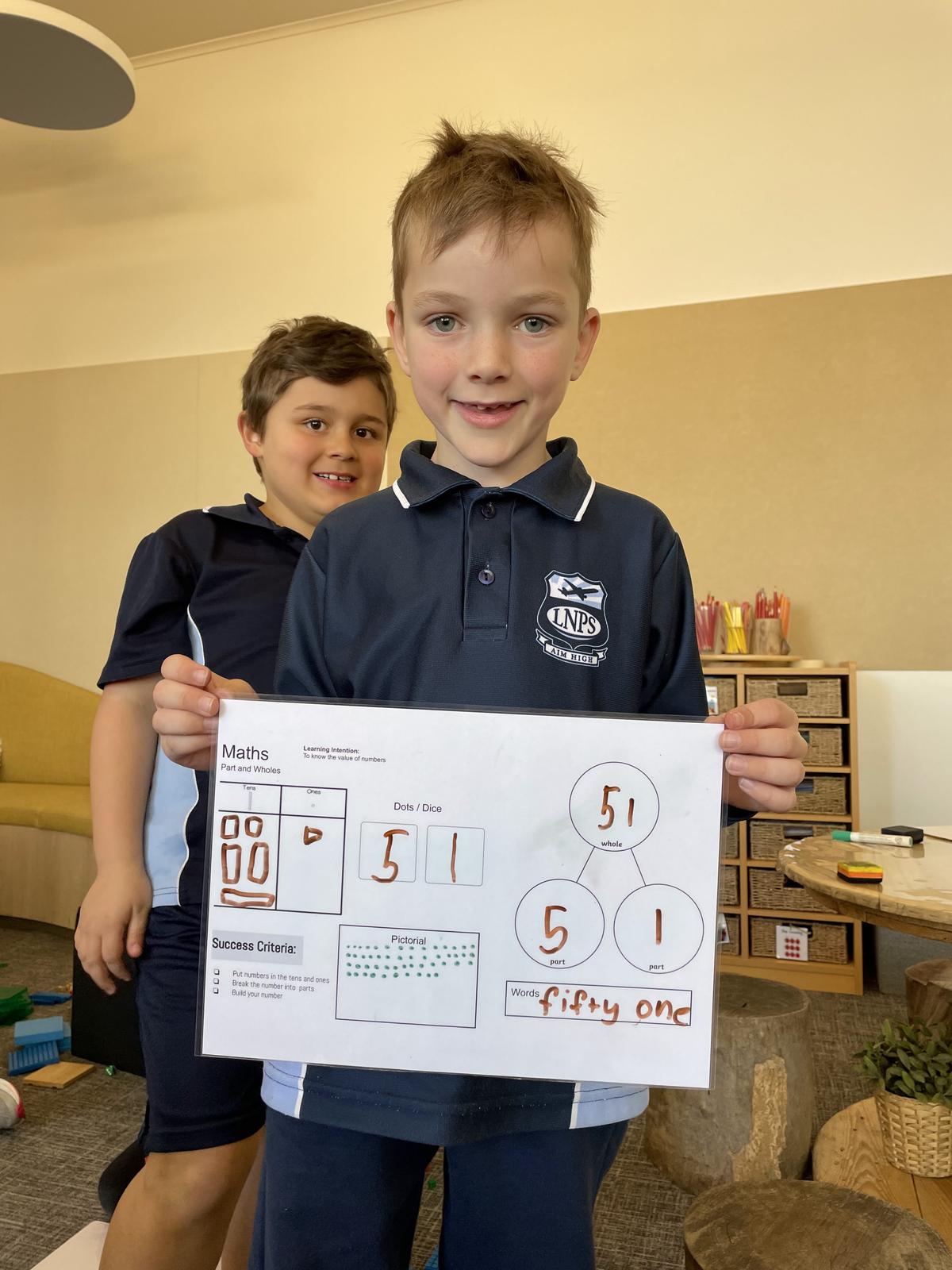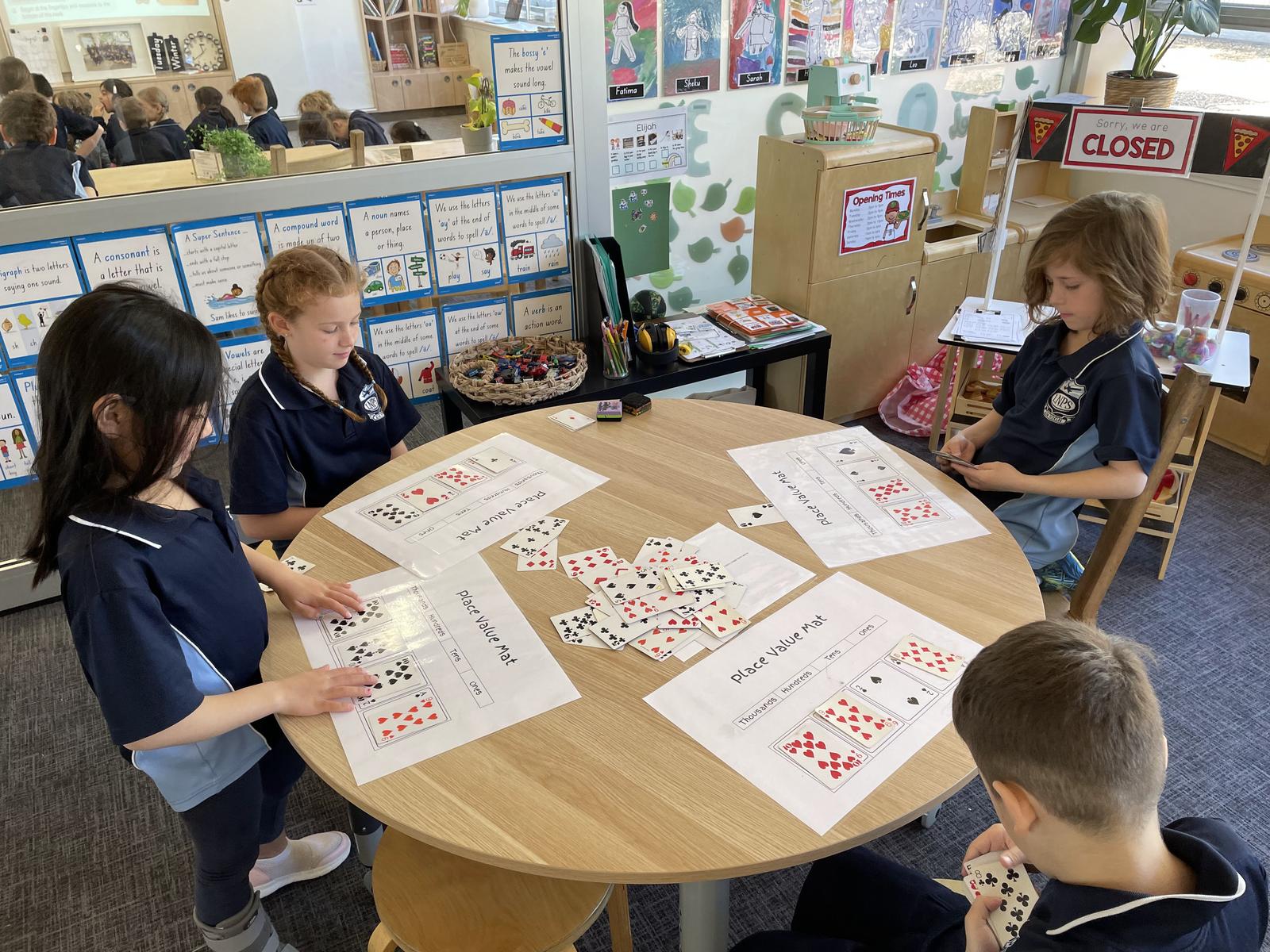ENGLISH AND MATHS
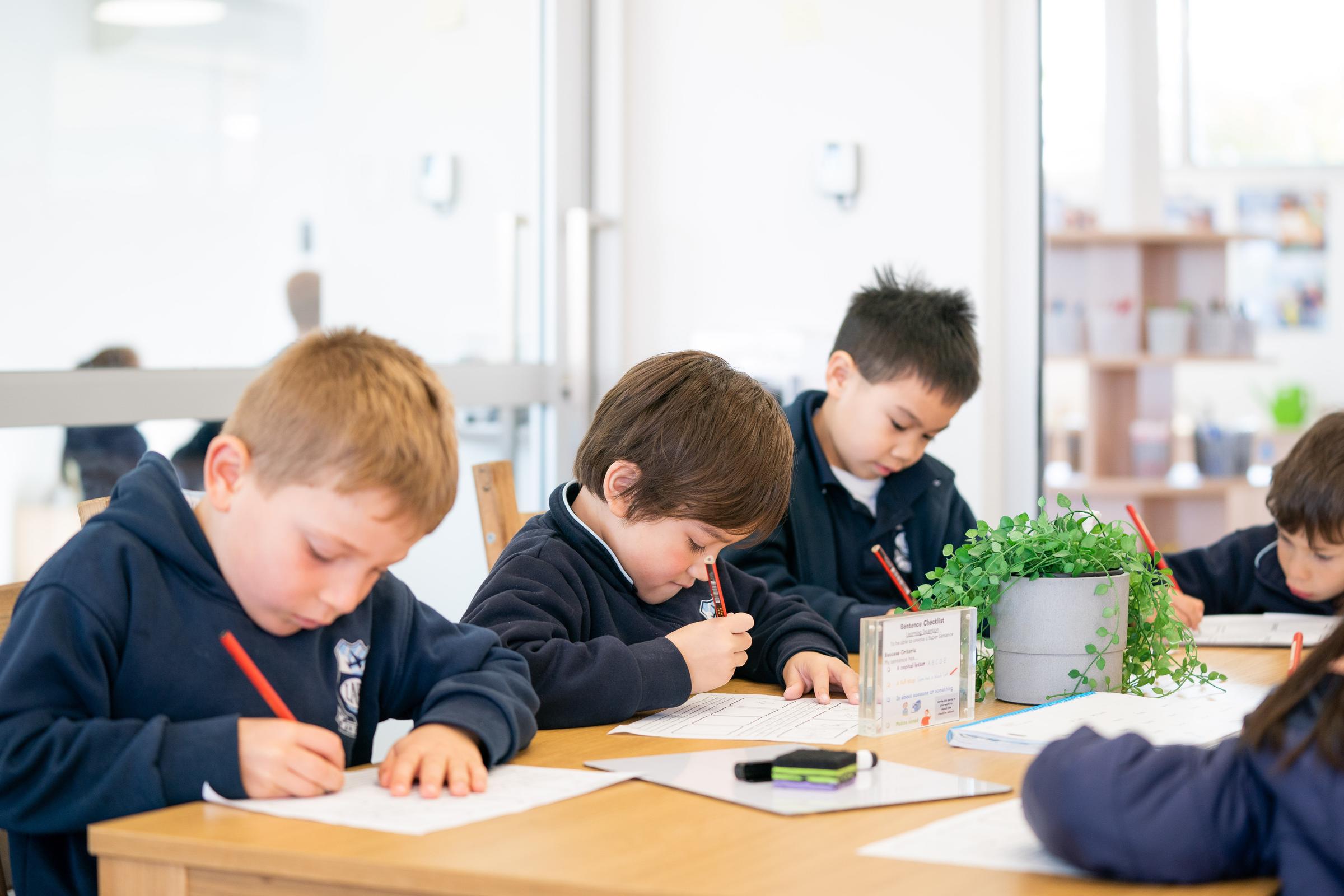
ENGLISH
INITIALIT:
Year 1s and 2s have Literacy lessons every morning. In this time, they are taught the InitiaLit program, as well as genre writing. Year 1s have Literacy lessons with Miss Maddy, Mrs Atkinson, Frau Edwards, Mrs Wegner and Mrs Kroemer; and Year 2s have Literacy lessons with Mrs Jones, Mr Jonathon and Mr Barwa. This means that not all students are with their class teachers for Literacy. In InitiaLit, students learn about the sounds in words and how to spell them, how to read and spell "tricky" (irregular) words, how to write correct sentences, correct letter formation, to read fluently and to use comprehension strategies.
Bulletins are sent out fortnightly to allow parents to have discussions with their child at home about what they are learning during InitiaLit time. These include concepts taught (with definitions) and language used, as well as new tricky words.
GENRE WRITING:
In Term 3, the Year 1s will be learning to write narratives. Narratives begin with a sizzling start, grasping the attention of the audience. Then introduces main characters, the setting, a problem (where something goes wrong) and ends with a solution. During this process we encourage students to use their imagination to take the reader on a journey.
In Term 4, Year 1s will be learning how to write information reports. Students will be researching various animals to describe what the animal is (classification) and include important information about the animal - diet, habitat, appearance, interesting information and predators. Throughout the process students are continuously revising how to write a "Super Sentence (capital letter, full stop, tells us about someone or something and makes sense)" to ensure their writing has the correct punctuation and flow.
In Year 2, students will be learning to write sequential explanations. This text type explains how and why things happen over time. Lifecycles will be investigated and students will learn topic vocabulary to write sequential explanations. Features that students will learn about include short noun groups, circumstances, conjunctions and points of view. Students will write short and compound sentences using a conjunction. In Term 4, students will be learning to write information reports about animals and other topics. Students are taught how to read back through their writing to check it makes sense and make sure they have included capitals and full stops. Year 2 students also have wordlists to learn in the back of their reading diaries, a personalised spelling wordlist is also taken home each term. This list contains words that they find challenging to spell.
BOOK MAKING:
In Book Making, students are able to become authors and write and illustrate their own books about topics that interest them. The books can be factual or fiction and often include genres that have been taught previously.
MATHS
In Semester 2, we will continue to focus on developing students' number sense so students can count fluently, break numbers into parts and add and subtract efficiently. Students will also be introduced to multiplication and division.
In Term 3, students will also be learning about measurement, length and capacity. Students will learn to be able to sort, order and compare informal units. Informal units are the same sized objects. They will learn when they measure this needs to be done accurately to get the correct length or mass..
Students will also learn to be able to describe data/ information and pose questions about what they discover in tables, charts or displays. They will be able to make inferences by looking for the clues and using their knowledge to make inferences and draw logical conclusions. Students will also learn to draw and describe 2D shapes and 3D objects, using vocabulary such as corners, vertices, edges and faces. They will learn how to interpret maps, how to collect and display data and to describe what could happen and how likely it is.
LEARNING INTENTIONS AND SUCCESS CRITERIA
Learning intentions tell us what the aim of the lesson is. They are used to make sure that teachers and students are clear about the intended learning. These are displayed in the classroom, on tasks or on learning slides. They are based on the ACARA national curriculum outcomes.
Success Criteria tells students what they need to do to be successful. The success criteria can also allow some flexibility, as students can come up with their own ideas about ways to achieve the intended learning goal. Students can present some of their learning in different ways. For example, they could show their HASS learning in an oral presentation, a play, a book, a poster or a slideshow.
Teachers and students are able to have learning conversations based on the success criteria to develop the next steps to improve their learning.
